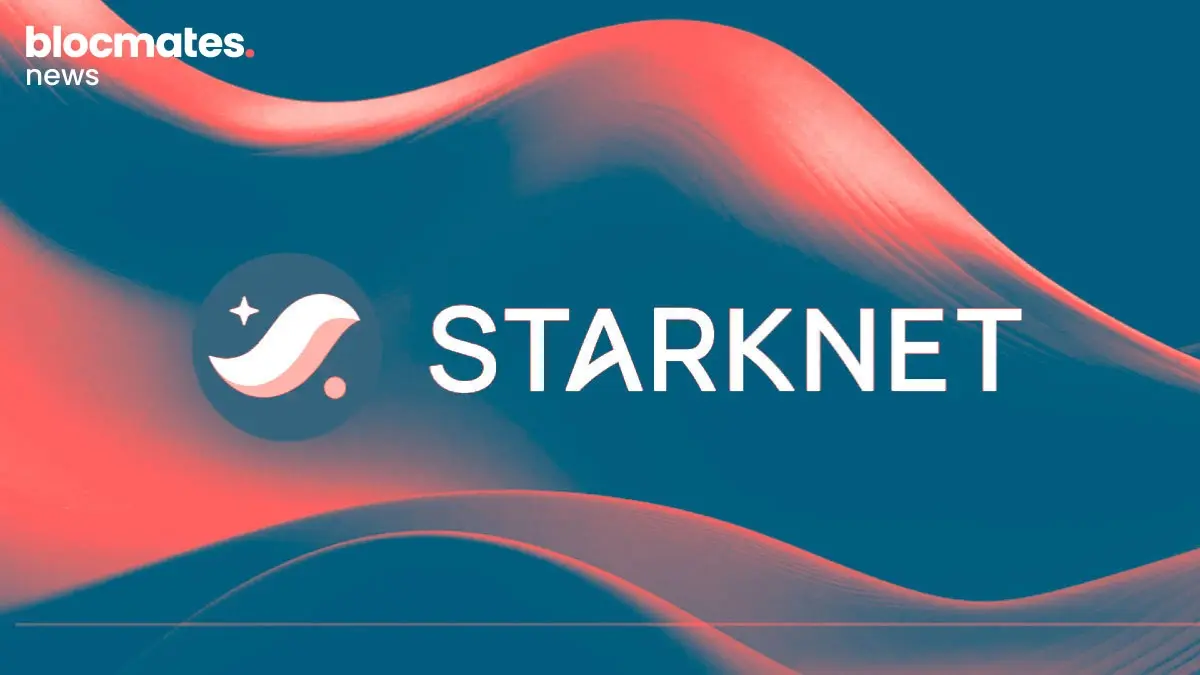They fear the unknown, and such nasty financial investing surprises such as (the dreaded) Impermanent Loss; a user has to weigh up whether it would be more beneficial to just hold their tokens instead of helping (and possibly profiting from) the act of providing liquidity to those who want to exchange on an automated market maker. This liquidity has the potential to earn some additional passive yield… but could it be more profitable to simply hold their funds in cold storage? If numba-go-up, then you are doing well as an investor…
This is the dilemma that DeFi users the world over are facing. For example, if you pair your token with ETH or USDC in a liquidity pool, and your favourite token goes on to run multiples in gains, then you may have a problem when you eventually divide that liquidity pair in two: you could be left with less of your favourite token and the vast majority of the token's price appreciation diluted with the pair’s weaker currency.
Every time someone trades using the liquidity pool on a typical Decentralised Exchange (DEX) you have deposited into, they are effectively taking the in-demand token and leaving you with the other. So, if your token’s price is increasing, more investors come in and remove your tokens from the pool and leave you with the other paired token.
BUT APR?
If the annual percentage rate (APR) from liquidity provider (LP) trading fees are not going to outpace the price appreciation of the token you wish to stack, then you are going to be left in the dreaded situation of impermanent loss (IL).
Often, the dreamy APR can draw investors in, thinking “sure I’ll place one of my favourite tokens in there and come out with a much fatter stack at the end of LPing” - If only it were that simple (although maybe it can be? but more on that later)…
If you have provided liquidity to a very undervalued token, only for it to be taken from you as every trade goes by, then you would have been much better just holding the token in your wallet and not being an LP.
BUT THE REWARDS…
Yes, you can get paid to provide liquidity, and that trade-off is particularly confusing for the average market actor: would you do better in dollar terms by simply holding the token and not providing liquidity, despite the attractive rewards? This opportunity cost of providing liquidity is the “impermanent loss”.

The opposite is also true, and it can be a great way to stack your favourite coin. For example, If you pair TokenX to a stablecoin just before a sell-off, people will furiously dump TokenX into your liquidity pool; they are effectively taking your stables and replacing them with TokenX.
You can look at this in two ways: either you are effectively buying the dip automatically, or you are being left with a token that is constantly depreciating in price - depending on your strategy this can be a good or a bad thing.
Either way, the perils of being an effective liquidity provider are very complex, a reality that makes DeFi as we know it increasingly retail-exclusionary. Just look at Uniswap v3 - good luck providing liquidity there and being in the green. On top of LPing, you also have to set the range on which you would like to deploy the liquidity on the bonding curve, and unless you are doing this full-time or have a team with exorbitant amounts of capital, this is not efficient, despite the claims.
Everyone familiar with Uniswap LPing knows this, and it’s why we have seen a full microcosm of DeFi protocols being developed to outsource being an LP on Uniswap v3… additional layers of risk on top of risk that the average user just simply doesn’t understand, nor desires to.
I know personally, I want to provide liquidity. I want the added rewards and also want to do as little as possible to achieve them. This is why single-sided staking is very popular, despite the majority of yields from staking being from inflationary emissions.
Luckily enough, there is a protocol out there that allows users to deposit tokens single-sided into a liquidity pool, removes the risk of impermanent loss for liquidity providers and yet allows them to receive rewards: the star of this article, Bancor…
In its current form, Bancor v2.1 has all of the above LP solutions, and they are about to upgrade to an even better v3 version. This could be an industry-defining upgrade, (and I don’t say this lightly - let's get into how they currently fix impermanent loss while retaining a solid reward structure, and what they have in store for us next…
What is Bancor -

Bancor, if you didn’t already know, was the first Automated Market Maker (AMM). It burst onto the scene through an incredibly successful ICO in 2017. Unlike the majority of the ICOs at that time, Bancor was as legit as they come and continues to develop novel and innovative products that have already changed the industry forever (again, I don’t say that lightly, they really did).

AMMs today have a lot to thank the Bancor developers and codebase - without them who knows what the current state of DeFi would look like. When Bancor v2.1 rolled out, they allowed single-sided staking for participants to deposit their favourite tokens as if they were providing both sides of the LP whilst providing impermanent loss protection.

Bancor V2.1 Pools
In Bancor v2.1, users had the option to single-sided stake their tokens into a liquidity pool and act as a liquidity provider - the protocol takes the BNT side of the liquidity pool if required. This feature removes complexity for the users, gives them access to greater rewards and, given the IL protection, removes the opportunity cost of providing liquidity.
There have been a few drawbacks with this system, however. For example, the extra gas fees with all liquidity pools are paired separately with their native BNT token. Let's say you have ETH and you want to trade it for LINK on their DEX. First, we can look at how Bancor gets the liquidity to do this transaction on the ETH-BNT liquidity pool:

In order to get LINK through this ETH liquidity pool, we effectively have to do two transactions: [ETH → BNT]→ [BNT → LINK] this pool hopping is what the devs call a “double-hop transaction”. The increased gas cost of performing a trade on Bancor v2.1 has been one of the protocol's biggest friction points as multiple calls to separate contracts need to occur.
Luckily with the impending Bancor 3 upgrade coming, this double-hop process will be removed. The upgraded architecture allows for all trades to occur in a standard one-hop transaction, drastically reducing gas fees and making Bancor a much more user-friendly place to perform a trade.
Let’s take a look at how this new AMM architecture will work…
The Bancor Omnipool -
As described above, current liquidity pools on v2.1 are standalone pools, which is pretty standard across all AMM networks in DeFi. Although BNT is the base currency for all trading pairs on Bancor, there is still a requirement for BNT to be used. This is due to BNT being required to calculate the price of the paired token on the bonding curve.
In its current double-hop transaction version, BNT acts as the facilitator between pools. In the ETH-BNT to BNT-LINK example above, it is easy to picture how and why there are separate transactions across separate pools, leading to higher gas costs due to multiple transactions.

Let's be honest: absolutely nobody is going to pay double gas if they don't have to - it’s already one of the biggest annoyances in DeFi. Increased gas is going to push traders to a competing DEX.
In the Bancor 3 Omnipool, there aren't separate pools for its BNT deposits - the ETH-LINK transaction is done in one hop, and it has either comparable or lower gas fees vs. other DEXs

As for BNT holders that previously had to decide in which pool to stake, they now receive a cut of the trading fees for each particular pair.
For example, under the current protocol, if ETH-BNT has the highest APR based on trading fees, why would anyone be incentivised to deposit their BNT in another pool? It monopolises the pool, which in turn isn’t great for liquidity distribution across the Bancor Network. On top of this, the protocol has to take on additional illiquidity risk in the less traded pairs.
With Bancor 3, users can simply stake in the Omnipool and gain access to all trades simultaneously. This gives BNT stakers exposure to revenue from all trading pairs on the network… Pretty big stuff if you ask me. Users can drop the hunt for high APR while navigating extra gas costs as they withdraw and deposit into different pools; in v3 they simply stake and forget. There is also another extremely cool feature of the rewards…
Bancor 3 Infinity Pools -
The single-sided staking with IL protection design of Bancor v2.1 is undoubtedly a massive draw for investors. The issue with V2.1 was that a would-be user would have to wait until an opportunity arose for them to be able to deposit into the liquidity pool.
If the LINK-BNT pool, for example, was already at full allocation, then a prospective user would have to wait for another user to remove liquidity, or for a DAO vote or rebalance of the pool to allow them to deposit and become an LPl.
The v3 upgrade will create Infinity Pools which allow for infinite deposits into the Omnipool, and will essentially allow Bancor Liquidity to grow alongside the communities demand - I can only imagine how much this positively affects the depth of liquidity on Bancor 3 and the much more favourable trading environment it will create for its users. Greater liquidity leads to higher trading volume, which leads to higher fees, and the cycle snowballs from there, thus generating a great flywheel effect… well-played…
Instant Impermanent Loss Protection.
How much of a problem is impermanent loss? Well, THIS STUDY of over 20,000 users with $100bn in trading volume showed around 50% experienced negative returns due to IL - one of the main innovations in the Bancor protocol is a contingency feature that keeps your portfolio whole even if it experiences some major impermanent loss: IL Protection, a feature not-yet-seen across the leading AMMs on the market…
IL protection on V2.1 vs. Bancor 3
In v2.1, a user can deposit their asset single-sided and begin earning the trading fees as if they were a full LP: for the first 30 days, you are at risk of any price fluctuations and consequently IL. However, if you remove your tokens before the 30-day mark, you are not insured or protected against any IL. On day 30, you will then be covered 30% of any IL incurred:

From day 30-100, you will be linearly protected at 1% a day. What this means is if you decide to remove your token at day 50, then you will be insured 50% against any IL incurred. Once you reach day 100, you are fully protected from any IL incurred prior to the 100-day mark and anytime thereafter - this is great and I always believe that being an LP, whether it be on Bancor or anywhere else, is much more of a long term strategy overall.
How is the insurance-funded? Well, imagine you supply LINK single-sided to the liquidity pool on Bancor v2.1, the protocol then will match the other side of your LP with its protocol-owned BNT. Additionally, if you decide they want to deposit BNT in the LINK-BNT to earn those trading fees, you are free to do so.
Fees accrued from the protocol-owned BNT side of the LP can be used to cover any IL suffered by those who deposited LINK; If the volatility is so severe that the protocol’s accrued BNT fees cannot cover what you are owed, then they can mint additional BNT to make up the difference. This is essentially the last resort, for with volatility comes more trading fees and chances for them to earn back the difference etc. - pretty damn smart! To date, Bancor has needed to mint very little BNT to fund IL cover as the protocol-earned fees have served as an effective buffer.
Despite the clear logic that LP’ing is a much better long-term strategy, this is crypto and people get erratic and move funds around for whatever (sometimes illogical) reasons - this motivated the Bancor team to make an even better option: in Bancor 3, there will be instant IL protection (yes, you read that correctly).

From the online Bancor community calls and seminars I have attended, the reason for this feature is connected to the data gathered over the past few years; it has consistently maintained that the current IL protection model is quite conservative and financially feasible. They are confident, given the backtested data, that Bancor 3 can offer insurance from day one. So, how will this work?
Instant IL protection has a new algorithm that will kick in once a user wants to remove their single-sided position should they decide to flip flop their funds around. There will be an early exit fee of 0.25% plus a 7-day cool-down period. So exiting users will have to submit a withdrawal, wait the 7 days until they have access to their tokens. All the while, any IL incurred is completely covered by the protocol.
With this new system, the user is more likely to receive the IL protection in the token they deposited as opposed to receiving part of their withdrawn liquidity in BNT. The additional BNT used to cover IL in v2.1 works, but the user is more than likely going to take that BNT, sell it, use it to pay for gas etc, all of which creates sell pressure on the BNT token. All of this sell pressure will be drastically reduced in Bancor 3… some food for thought…
And they don’t stop there: Bancor 3 will also implement external IL protection (this is something I am extremely interested to see play out). Effectively this will allow protocols that are seeking to deepen their liquidity on Bancor (or across DeFi as a whole) to forward some of their native tokens to supplement any IL accrued on their specific pool. Now the cogs are turning…
Instead of protocols continuing to pay millions of dollars a week to over-bribe veCRV and vlCVX holders to incentivise emissions to their dedicated pool, they can simply pay out what is needed in their native token to depositors who remove their positions on Bancor. This means:
- Bancor doesn’t bear the full weight of covering IL protection: the protocol owned BNT side of the LP will accrue more fees for the protocol/DAO which are burned for BNT. And in extreme volatility cases, way less BNT would find its way onto the market through minting
- holders of a third-party protocol deposit their tokens into the protocol risk-free knowing they are covered in their beloved token
- Liquidity becomes deeper and deeper on Bancor
Auto-compounding rewards -
Who doesn’t love automatically reinvested rewards?! It’s just a great set-and-forget strategy to optimise yield without having to spend time manually compounding and reckoning with gas fees. I use them 90% of the time I am LPing. So, how does all that auto-compounding get done? Well, if you have ever used Beefy, Yield Yak etc. the process goes something like this:
- You deposit into their vault (this may have an entrance and exit fee)
- From there, any fees accrued from liquidity mining are claimed by the protocol
- The liquidity mining fees (usually an AMM’s native token like JOE, CAKE, SPIRIT etc.) are then sold for more of your deposit token
- The newly bought deposit token is then added by the protocol to auto-compound your rewards daily
In Bancor v2.1, and nearly every other AMM, earned rewards would sit in another contract where you would have to claim and then manually re-stake/supply as liquidity; it isn’t exactly automatic for the user, and it does come at a cost. Certain auto-compounders will charge performance fees, withdrawal and exit fees on this too, cutting into your profits as an LP. Once you deposit your BNT or LINK, ETH, WBTC or whatever into the liquidity pool, you will receive a pool token - think of this as an IOU of your deposit - and that's it. But in Bancor 3, the very act of holding that pool token automatically results in any fees accrued being auto-compounded - the protocol does it all for you.

Procrastinating again…
If you check out this calculator by “The Calculator Guy” and plug some numbers in based on APR vs APY you will realise why this is such an appealing feature for investors and LPs. Compounding is everything.
This can be for dual-sided rewards too… let’s say a protocol comes along and offers liquidity mining incentives for their new emerging protocol and you decide to bootstrap liquidity on Bancor; by simply depositing and receiving the pool token, you will just be auto-compounding your rewards until the cows come home.
Oh, and here’s the craziest part - all the third-party protocol needs to do to offer rewards is deposit their native token in the pool, which mints pool tokens that are burned over time, redistributing the value to other LPs in the pool. This is novel because the rewards effectively exist as liquidity in the pool from the moment they’re activated. And this is unlike regular mining rewards, which typically sit idle in a separate rewards contract, waiting to be claimed by LPs and hopefully (but rarely) re-staked as liquidity in the pool. With Bancor 3, third-party rewards are productive from day one, facilitating deeper liquidity and more volume for the protocol, the LPs and Bancor.
Bancor 3 BNT Tokenomics -
BNT is the utility and governance key to the Bancor DAO, and by this I mean when a user stakes their BNT, they will receive vBNT; they can use it to vote on governance proposals such as BIP15 (Bancor 3) or they can sell it on Bancor for another token ETH, BTC, USDT, DAI etc. A user could even then take their ETH/USDC etc. to the market and then deposit this somewhere (Bancor?!) and earn additional APR on top of that. This way, you have liquid staking of the BNT token through the vBNT mechanism - effectively a credit system built into staking.
So, why does this matter?
Well, it is for more reasons than one (as always with Bancor). If, for example, a user is required to buy vBNT back to redeem their BNT during the unstaking process, at a 1:1 ratio, then what effects does this have on the deflationary supply of BNT? Currently, vBNT is around $1.57 whilst BNT is around $2.20…
This price difference is from users taking their vBNT and sell it for another token, i.e. ETH - this creates sell pressure on the vBNT token, driving the price below the peg, which opens up the opportunity for a user to buy vBNT at a lower price to redeem their staked BNT. Likewise, the opposite is true if a large proportion of vBNT holders were not selling their voting rights away and the vBNT price traded above peg, they could effectively do the following to arbitrage the price back to the peg.
In a scenario where vBNT is 10% above the BNT price, a user could buy BNT, stake it for vBNT at a 1:1 ratio and now they effectively have $1,100 worth of vBNT. They can then sell the vBNT for ETH/USDC, net the difference as profit and bring the price of vBNT back down in doing so. If the arbitrageur who has netted the profit has no interest in holding BNT they may never return for the staked BNT. Aha! Even more deflation and value for the remaining tokens
More on Deflation -
As trades occur 5-20% of the trading fees earned by the protocol will be used to buy and burn vBNT from the market - this is another way the protocol steps in and prevents vBNT from drifting too far from the BNT peg, but this isn't just for peg maintenance. The reason why the protocol buys and burns vBNT instead of BNT directly is actually quite genius…
If vBNT is required to unlock staked BNT 1:1 and the price of vBNT is lower than BNT, then the bancor protocol itself can buy vBNT and burn it, which is much more cost-efficient, on a dollar basis, than buying BNT directly.
For example, if vBNT was $1 and BNT was $3, then using the same amount of trading fees to buy and burn vBNT effectively creates an additional 3x deflationary mechanism on the BNT for every dollar used. I told you it was clever.
Looking at this from a speculator's perspective (and I know a lot of our readership are apes) they will want to know what effect this has on the BNT token.
If you look closely there are a number of protocol upgrades in Dawn that have great downstream effects for BNT holders/stakers. For starters, directing liquidity to a given token on Bancor 3 requires a nod of approval from Bancor governance. Increasingly, as demand for liquidity on Bancor rises, we may start to see more protocols and token communities acquiring BNT to influence governance and direct liquidity to their respective tokens.
On top of that, thanks to the greater efficiencies in the instant IL protection, third-party protocol protection and auto-compounded incentives, LPing through the Omni and Infinity pools will result in less BNT being given out to cover users through IL. This will result in fewer BNT being sold to recoup LP positions.
Again, I am not 100% sure, but given the depth of thinking Bancor contributors go through when developing the protocol, I believe we may see more direct BNT tokenomic upgrades further down the line too.
With the infinite single-sided deposits, Bancor’s liquidity across multiple chains gives an overall better trading experience for users. Add that to the v3 single-hop implementation thanks to the Omnipool, trading will be much more palatable and hence protocol fees will drastically increase, burning more BNT and vBNT. LPs will flock to wherever they are most protected and wherever they are paid the most for their deposits, restarting the cycle of liquidity and trading over again in perpetuity.
Again, as the protocol will take the BNT side of the LP when required, given the increase in trading activity following the launch, the protocol will be able to generate substantially higher revenues. On top of that a portion of each trading fee, using it to buy vBNT (staked BNT) and then burn it creates even great deflationary pressure on the token.
So, yes, this upgrade has something for everyone - from speculators, LPs, DAOsand BNT holders.
Multichain and L2 -
On a personal note, I cannot wait to see Bancor 3 on other chains. Ethereum has been Bancor’s home since its inception but given the way the industry has moved and the appetite for DeFi across all levels of portfolio balances, this is a big move in the right direction.
The team has mentioned they like what they see on the optimistic and on the zk-rollup layers and might possibly deploy there. I did also pick up that some of the team will be attending the Avalanche summit in Barcelona too - any alpha hints would be pure speculation as the multichain aspect of the upgrade is being held close to the team's chest.
Measure twice, cut once. I would love to see Bancor on Avalanche though…
Dawn -

All of these v3 upgrades in this potentially industry-changing giga-upgrade are just known as “Dawn”: the first of three phases. This is only 1/3rd of the roll-out. I have tried and tried to find out more info but for now Sunrise and Daylight are top-secret, and the devs have indicated that the juiciest stuff comes in future phases. Pardon the pun, but if Dawn is anything to go by, then I think the future is bright for Bancor - truly mind-boggling considering what we get out of the first phase.
I can only surmise that there could be some tokenomic revamping going on, but again that is complete speculation. I did speak to Bancor contributors who have been immensely patient with my annoying questions and timely research and I couldn’t thank them any more for their efforts with this article - this is always a HUGE tick in my book.
When I see something novel and interesting I pay attention, and digging into the specs for Bancor 3 has led to a few of those moments. In my experience speaking with the team, they tend to be less concerned with the latest trends and flip-flopping around to meet the current narratives; they are more set in exploring their own path potentially creating new industry standards, a sign of longevity for the Bancor protocol and DAO…
I will cover a Tutorial of Bancor 3 as soon as we can get our hands on the upgrade, and I am sure there will be quite a few questions from the community, so keep an eye out for that.
I will look to cover the next two phases of the Bancor 3 roll-out as soon as we know more.
Conclusion & What to Look Out For -
As you might be able to tell, I am extremely eager to try out Bancor 3. I believe it will be something that we look back on in a few months-years and see a lot of other protocols “taking inspiration” from. Best of luck keeping up. From the first developed AMM to the IL protection to having Dawn on the horizon, these guys just keep innovating and that is something this space should strive towards.
DAOs, DAOs, DAOs… yes everything at the moment is a DAO, but for good reason: some of these decentralised organisations have an extremely large amount of protocol-owned tokens which they often deploy as liquidity to earn trading fees etc. So, you are a protocol or a DAO and you are sitting on a large number of native tokens - no risks of impermanent loss, no need to sell 50% to LP the tokens (or raise to take the other side), auto-compounding gains on a tried and tested protocol that has been around since DeFi began - it just makes sense. Oh yeah and your liquidity is going to be incredibly deep, what is not to love?
Some DAOs have already realised this, and I believe others will too. Bancor contributors have said over 30 DAOs plan to offer rewards and stake their treasuries on Bancor 3. It is kind of inevitable if you think about it:
https://medium.com/@bancor/nexus-mutual-joins-30-daos-adopting-bancors-dao-treasury-management-solution-2eb60b762259
For any current LPs with funds on Bancor v2.1 funds, don’t worry there will be a one-click migration allowing you to seamlessly transition to Bancor 3. If you do want to learn more about this you can check out BIP15 which has been recently posted on the Bancor Governance board - it will cover everything and will go into a little more detail on the technical side if that is your thing.
Bancor 3 is a big win for the users and this industry as a whole, I am extremely excited to deploy funds and try out this amazing protocol.
Thanks for reading!
As always we are more than happy to speak to you if your project wants to work on a collaborative piece, my details are below :)
And please, don’t take anything you just read as financial advice; I am literally an idiot and not a financial advisor.
Bancor Resources -
Website - https://www.bancor.network/
BIP 15 docs - https://gov.bancor.network/t/bip15-proposing-bancor-3/3445
Where to Buy BNT - HERE
Bancor 3 Introductory Video -
https://www.youtube.com/watch?v=q8mHgBJZRAU&t=1322s&ab_channel=Bancor
blocmates links -
Personal telegram - @blocmates
Personal Discord - blocmates#7027
Discord Community - https://discord.gg/blocmates
Telegram - https://t.me/+UtYbMzXmlhb6R4Xd
Email - info@blocmates.com






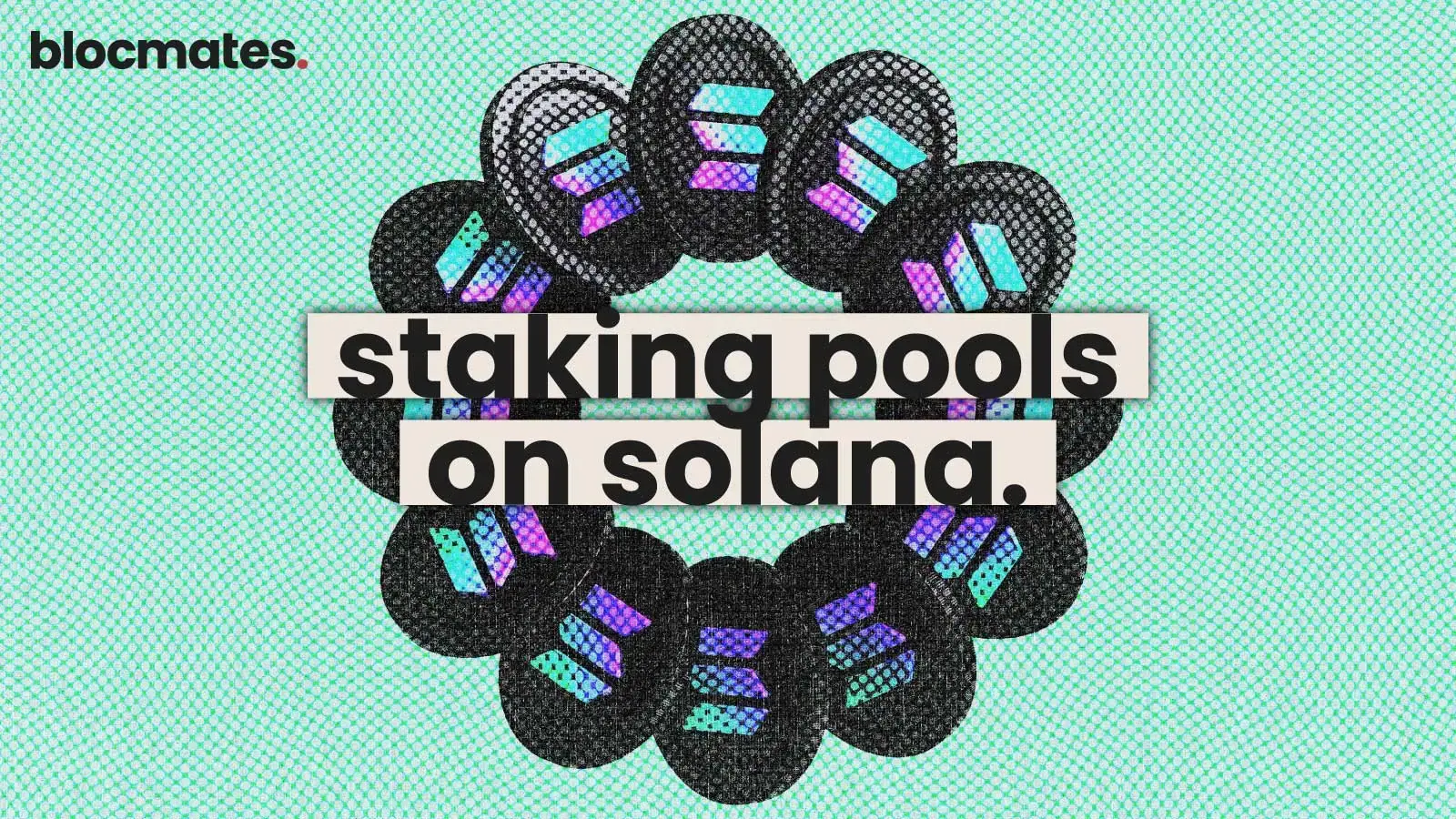



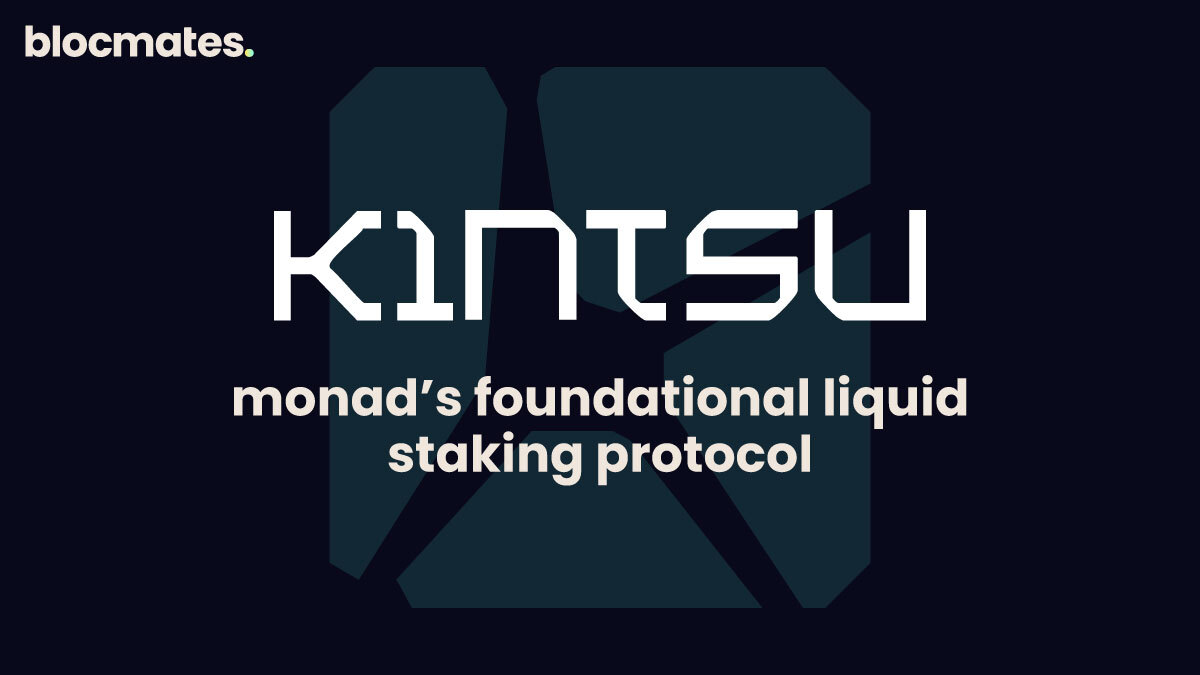

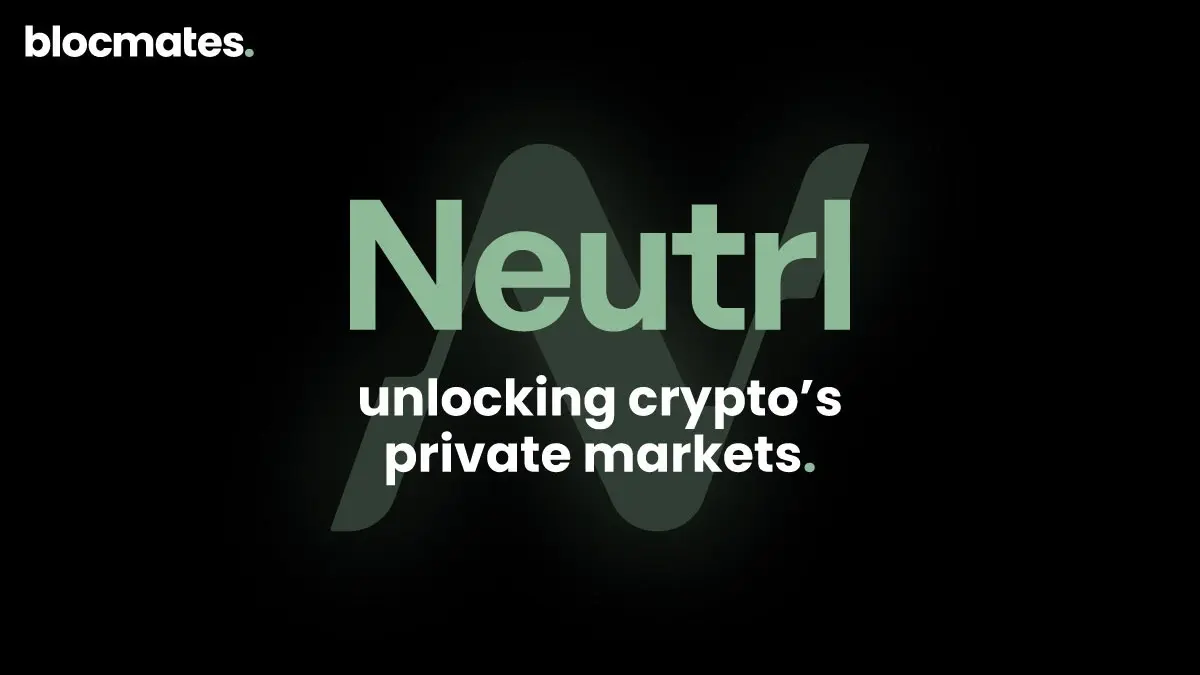


.webp)

.webp)
.webp)
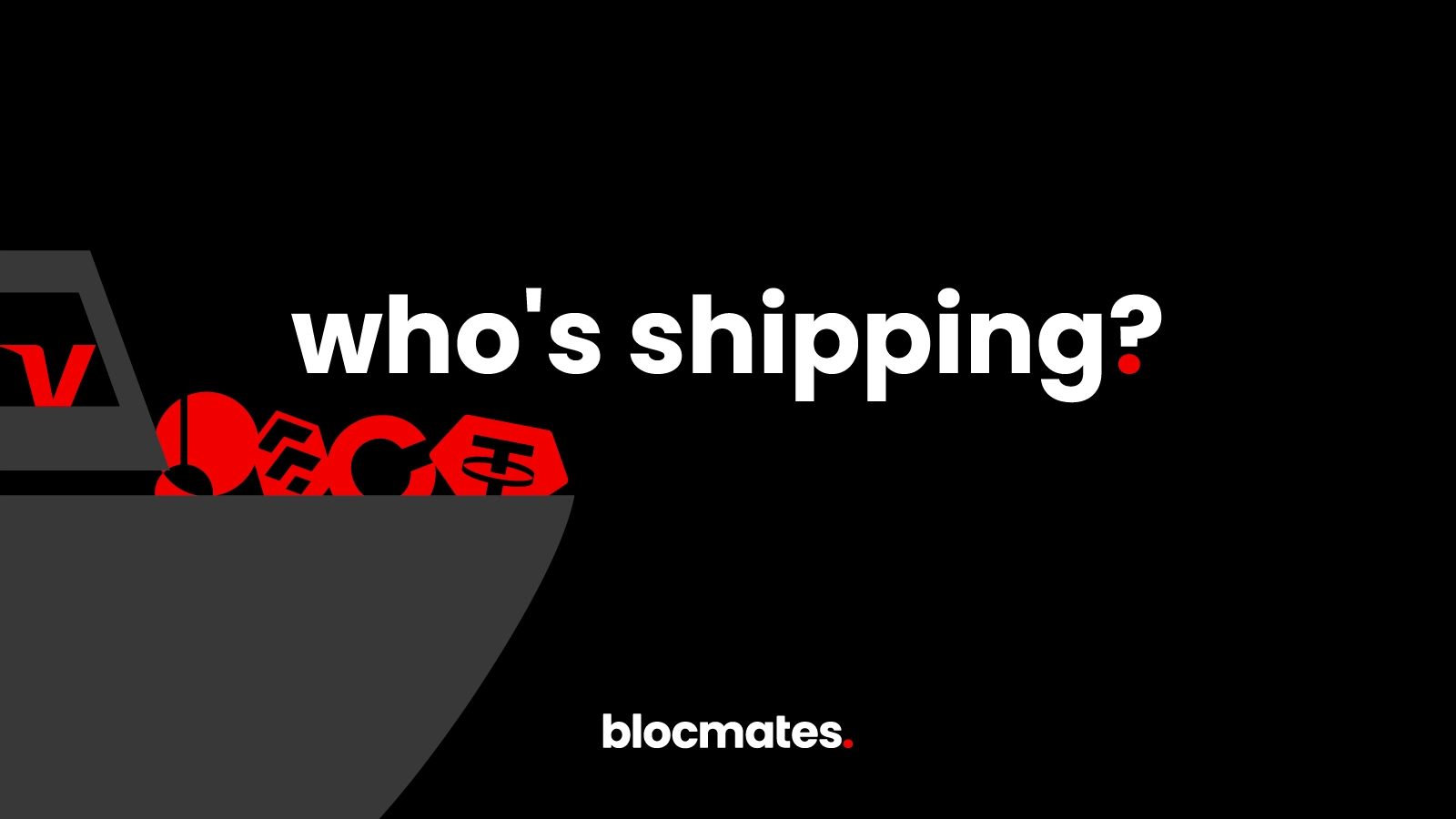
%20(1).webp)
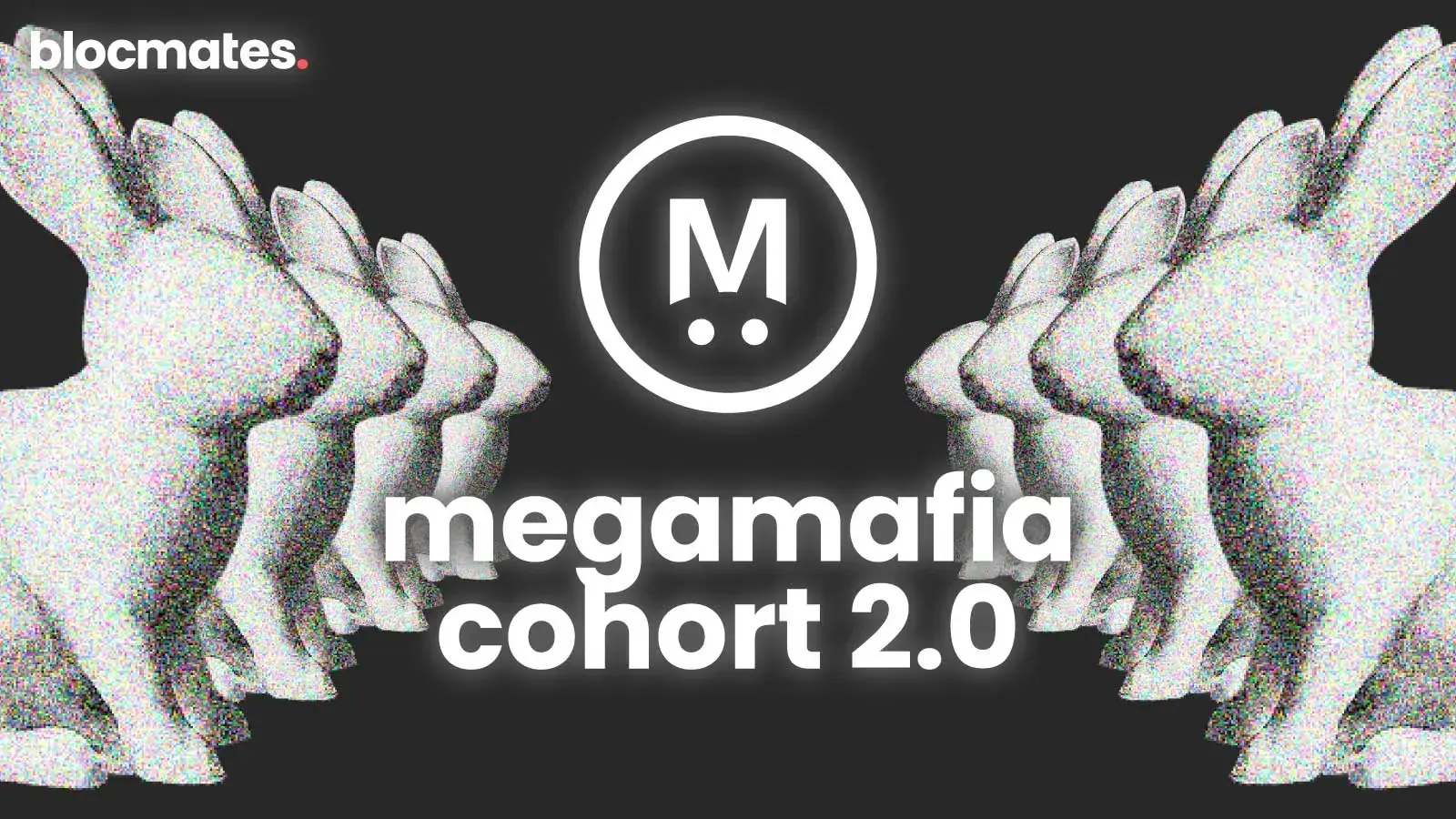
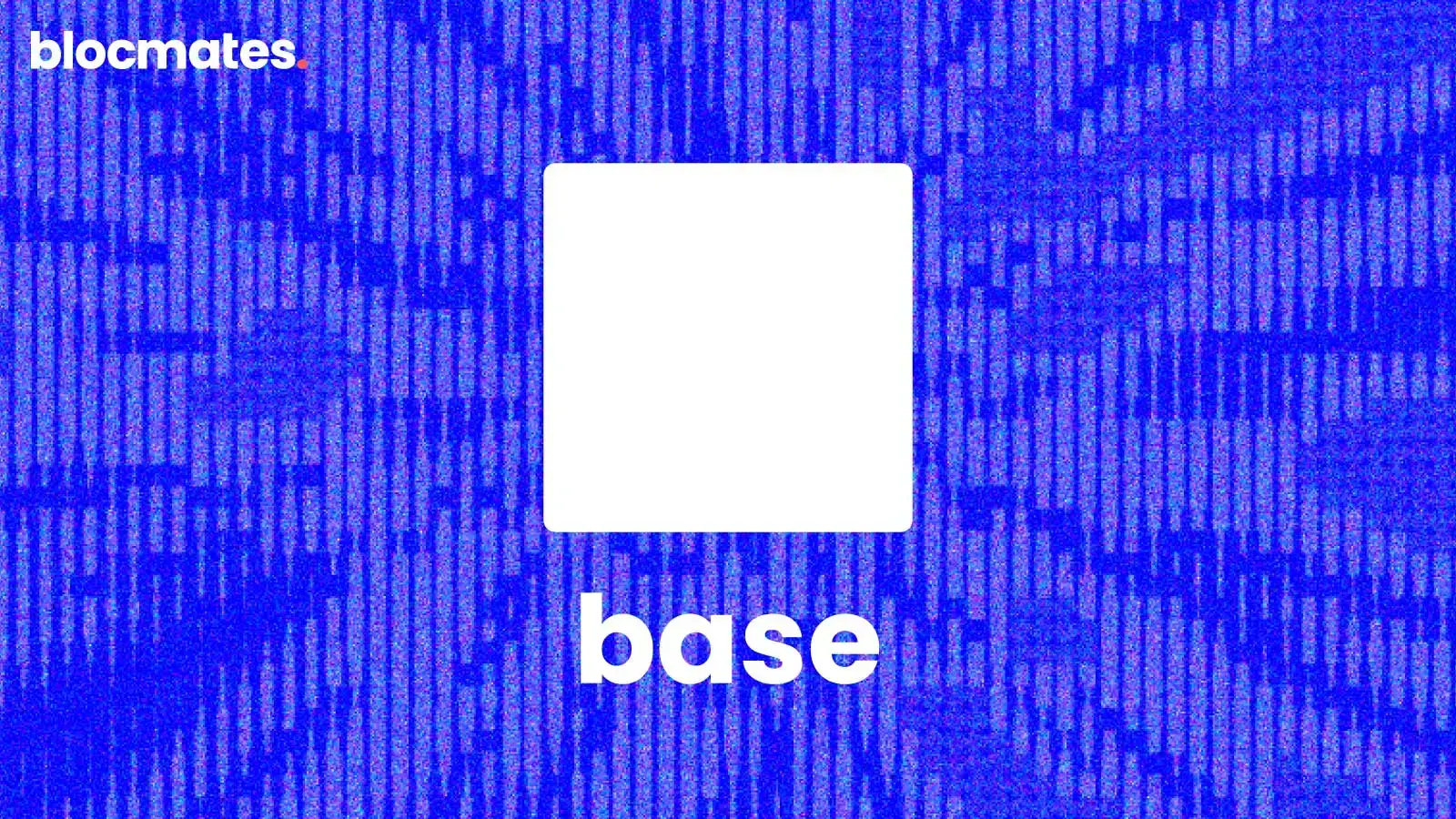
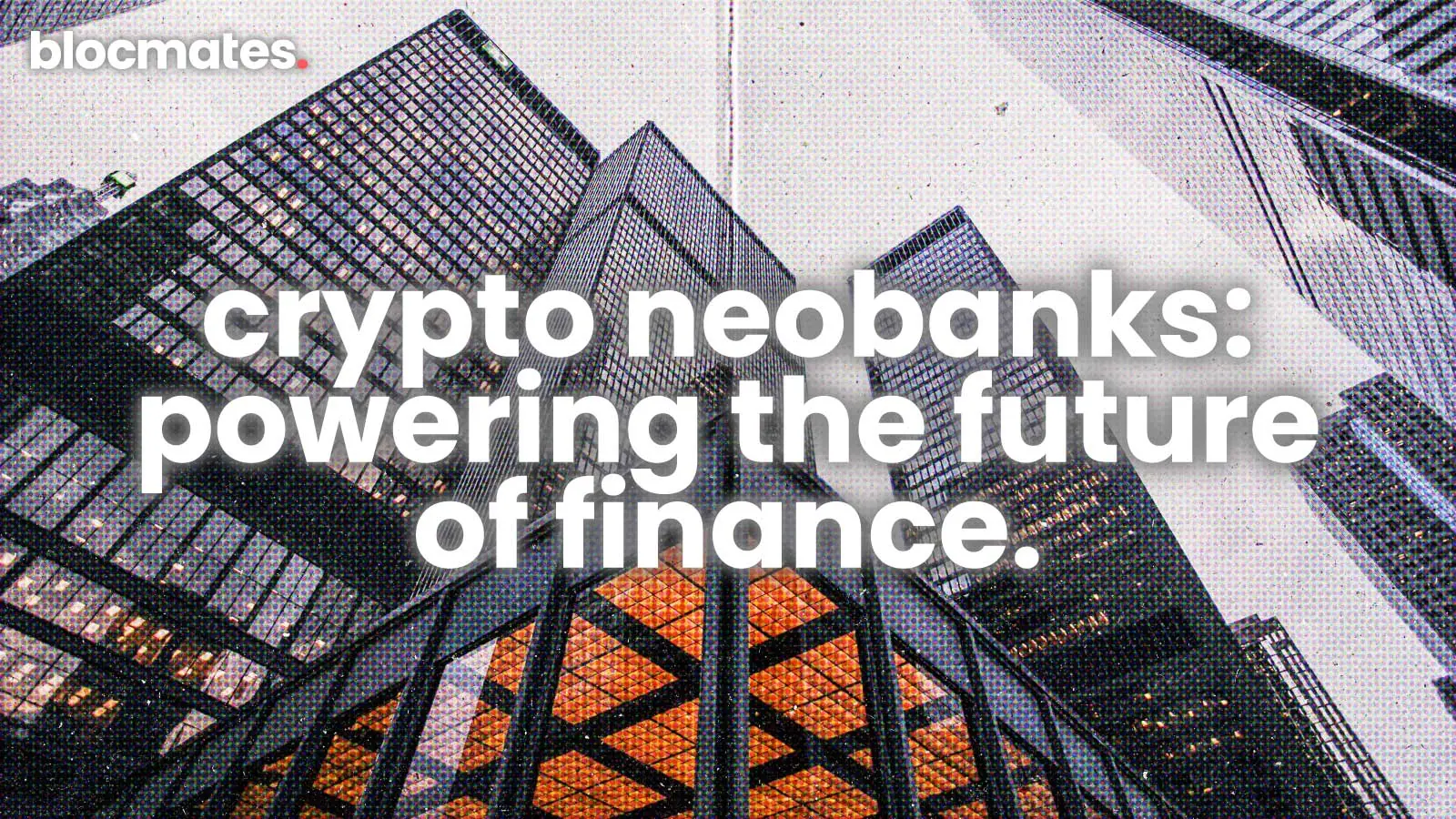


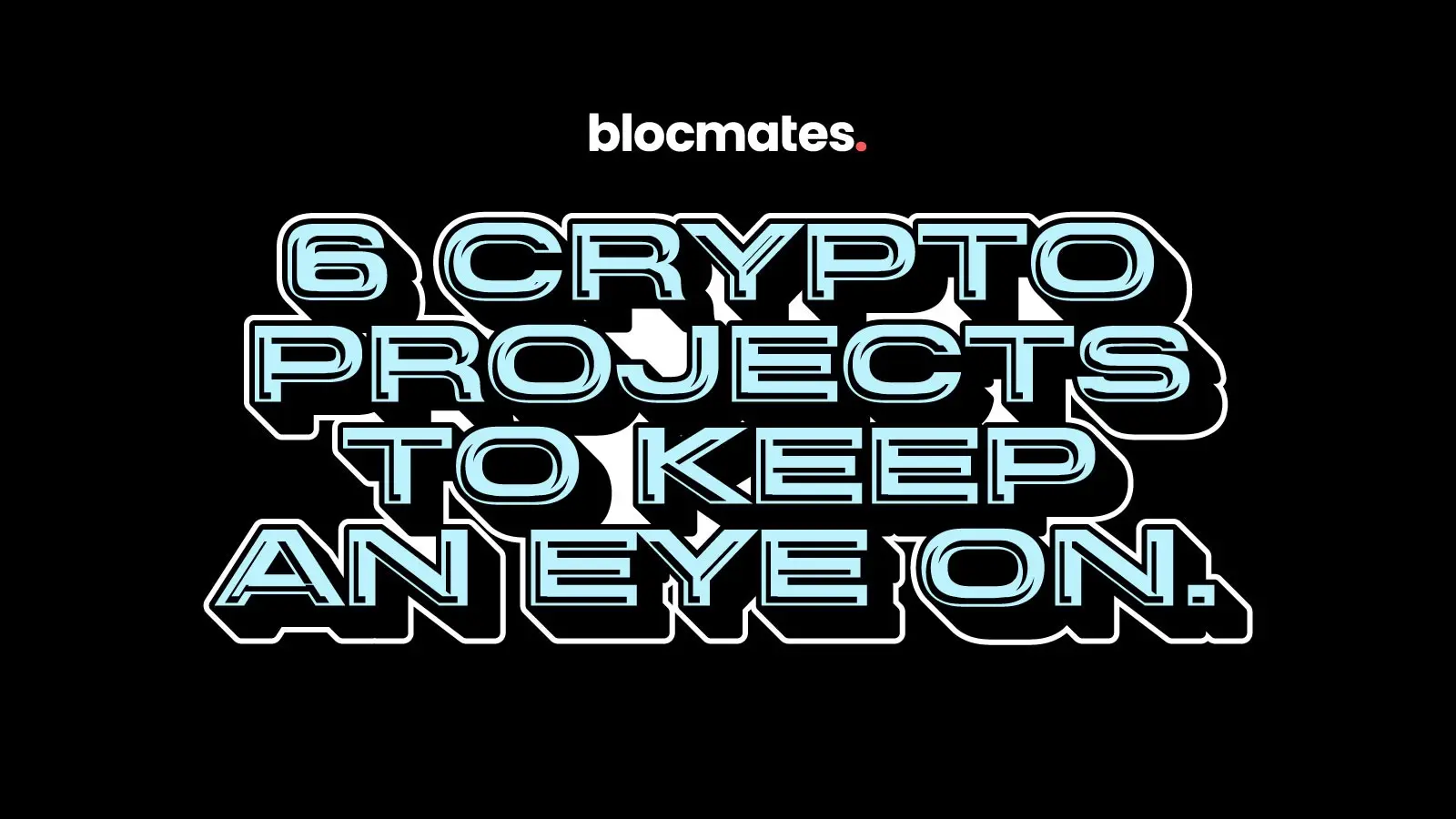
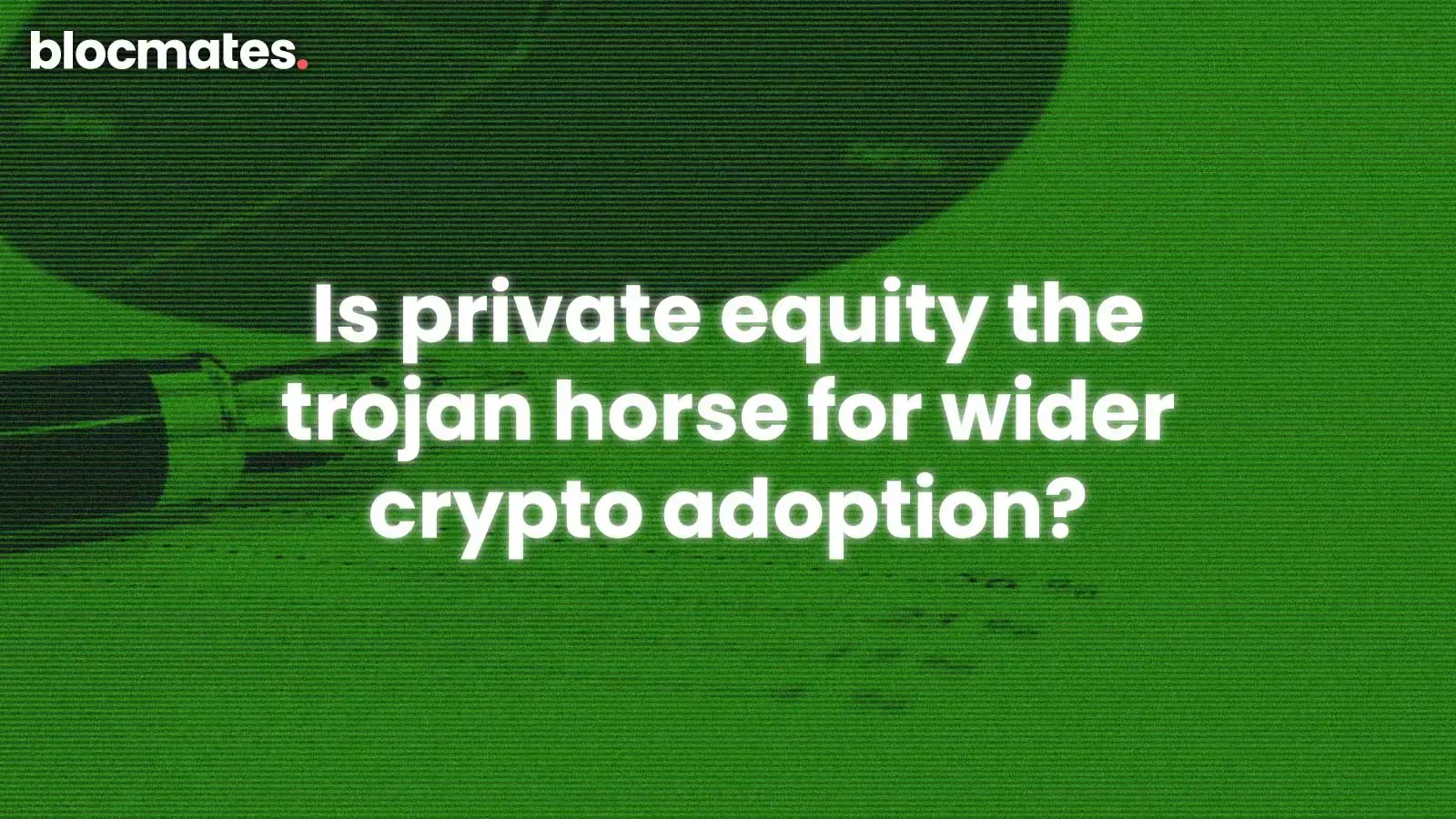
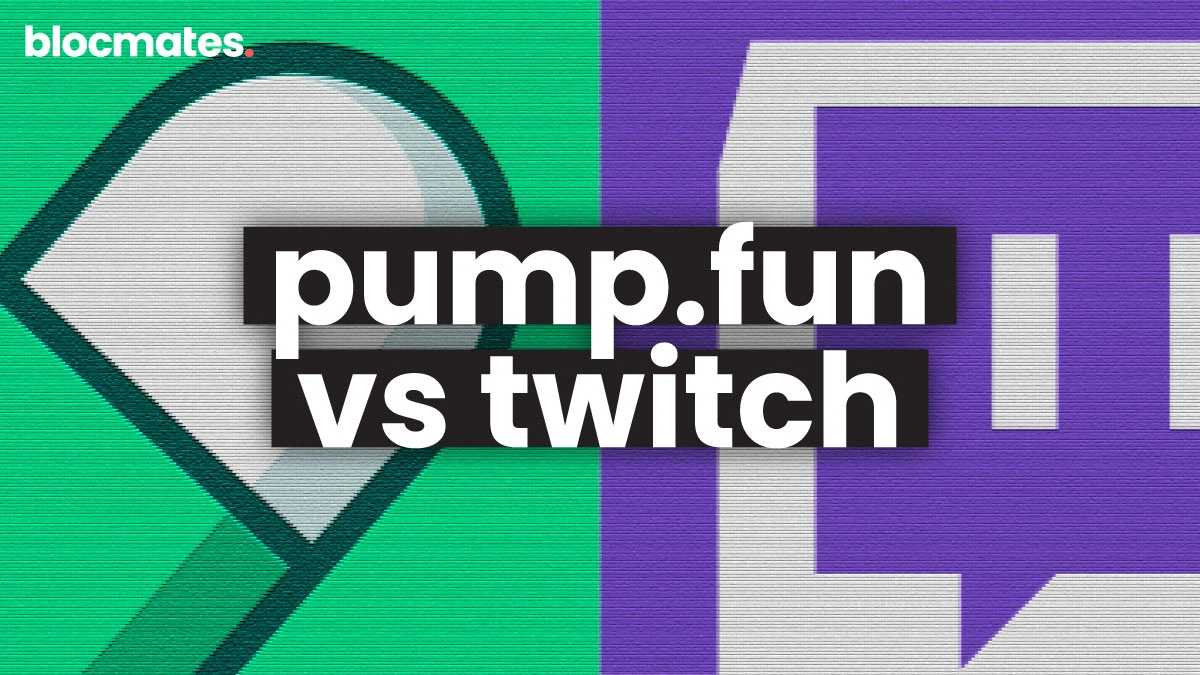

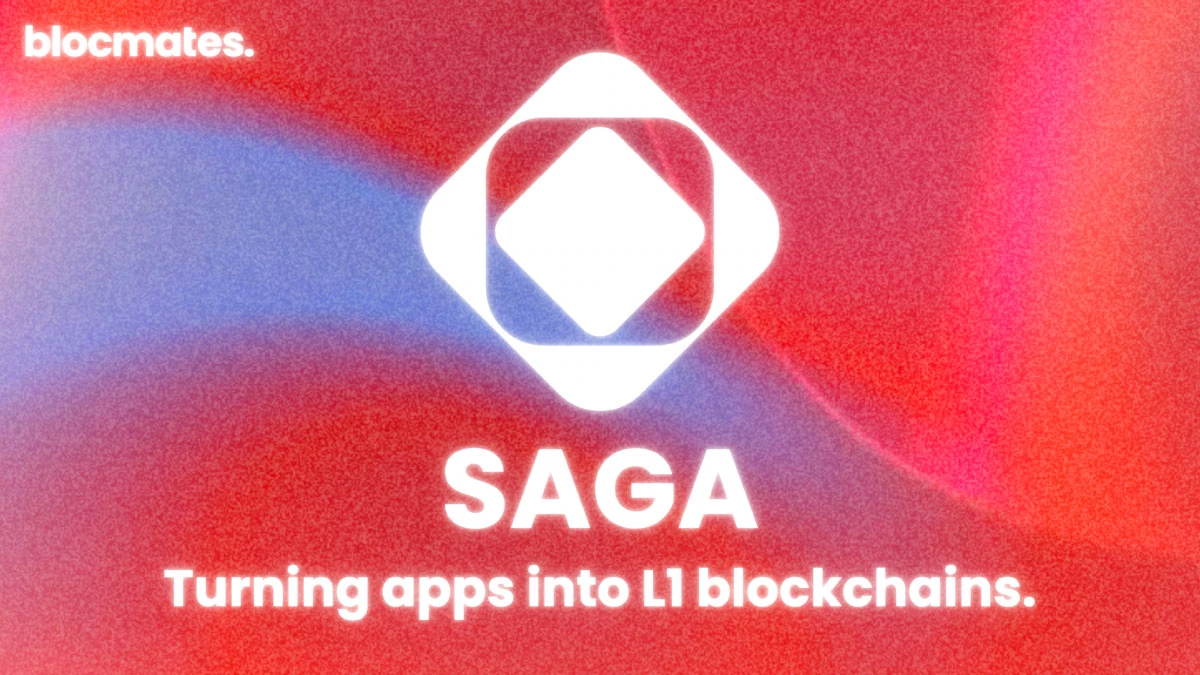

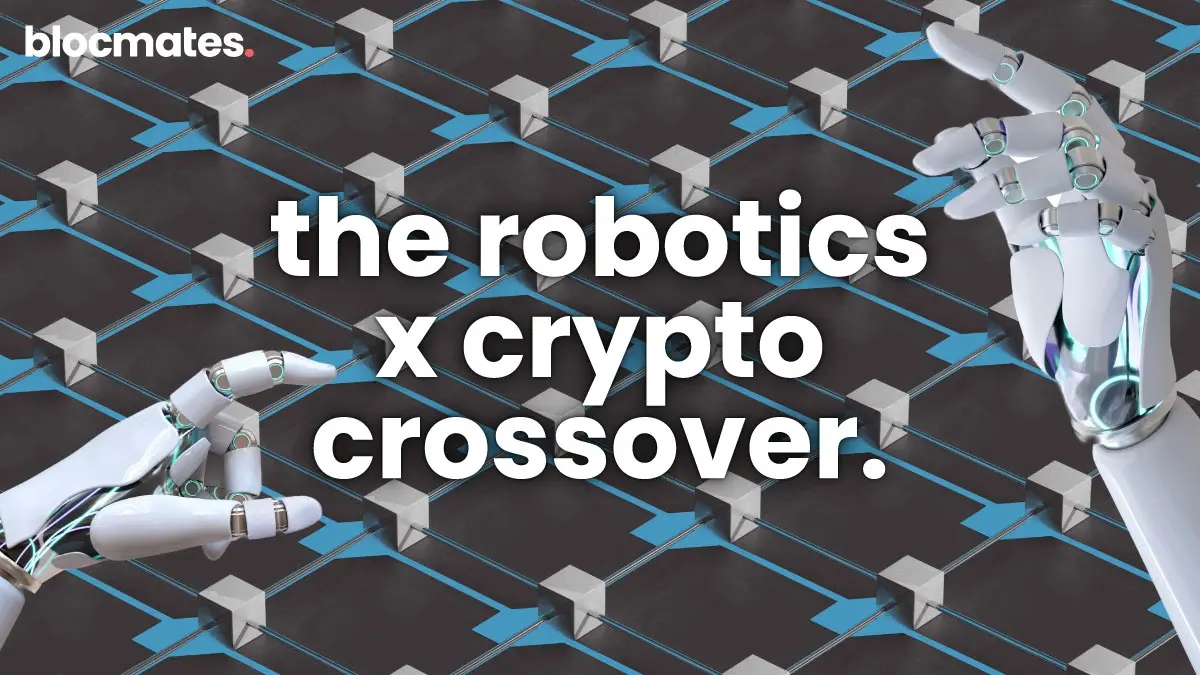
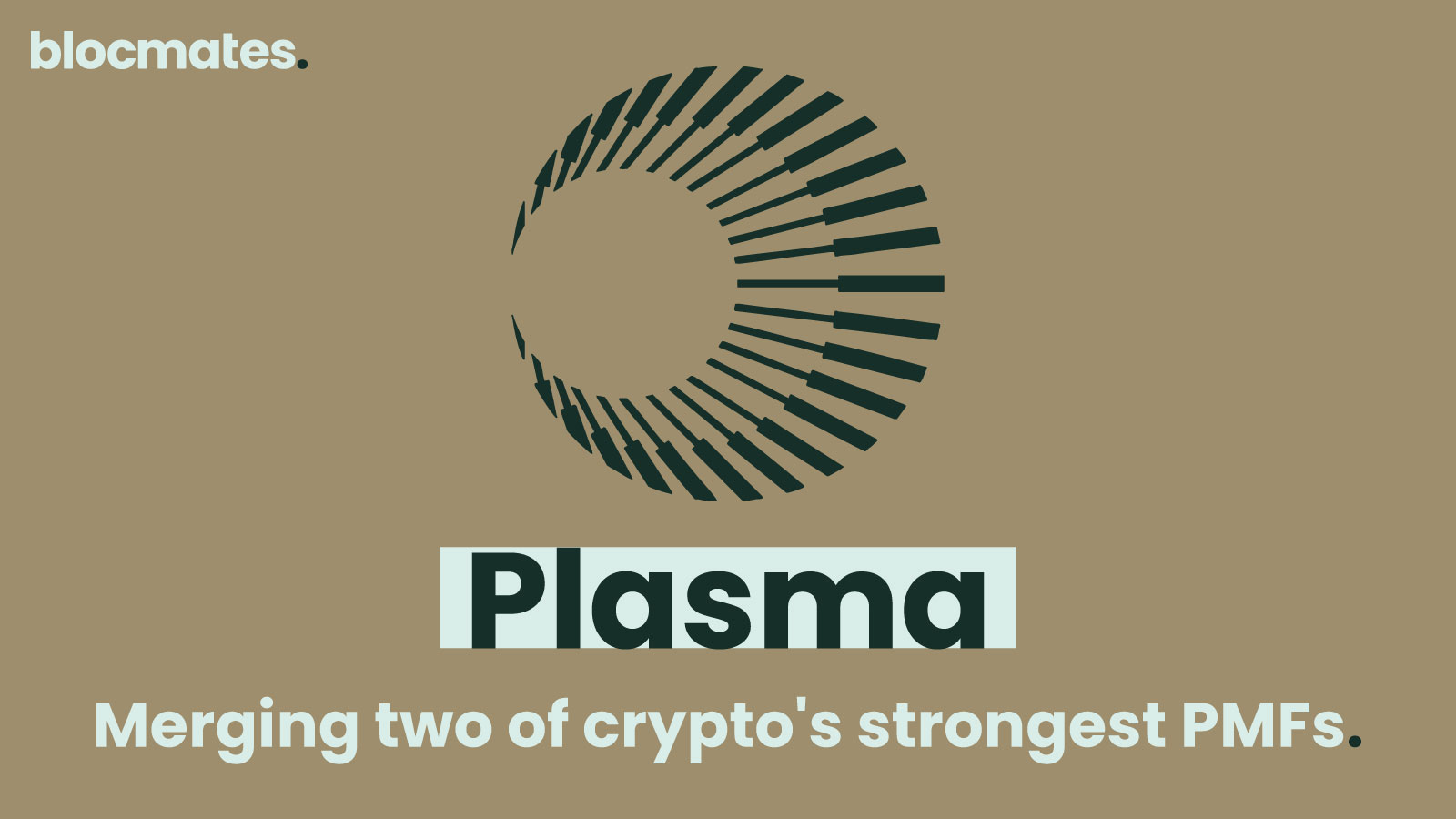

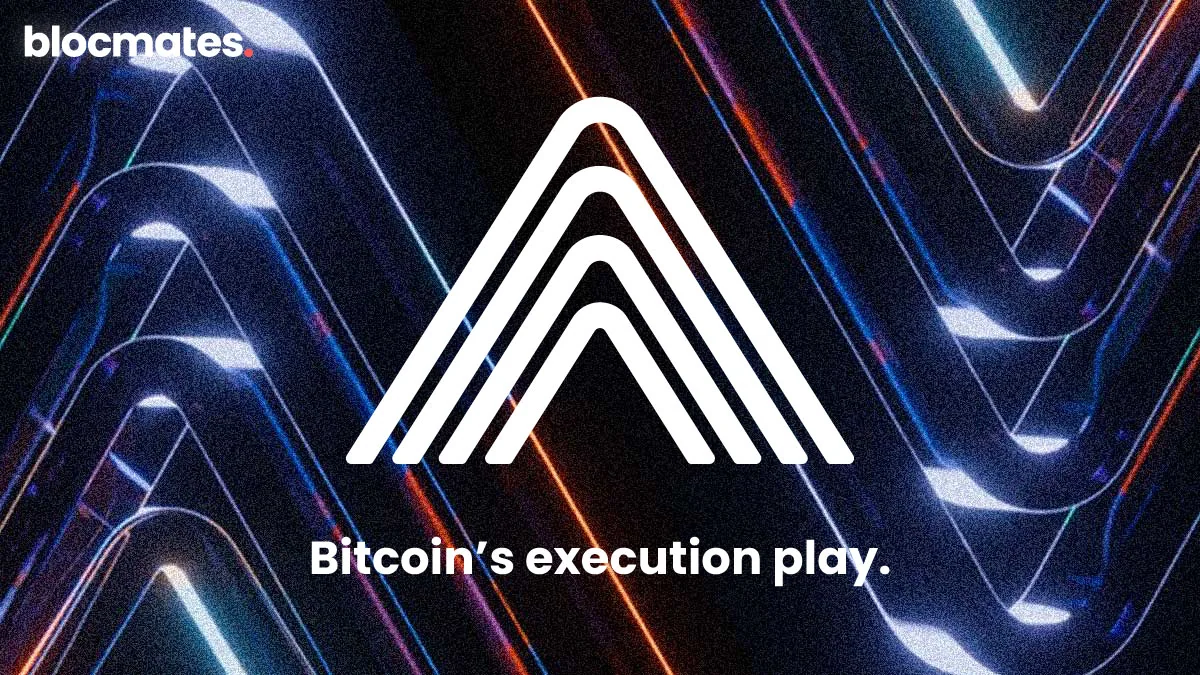
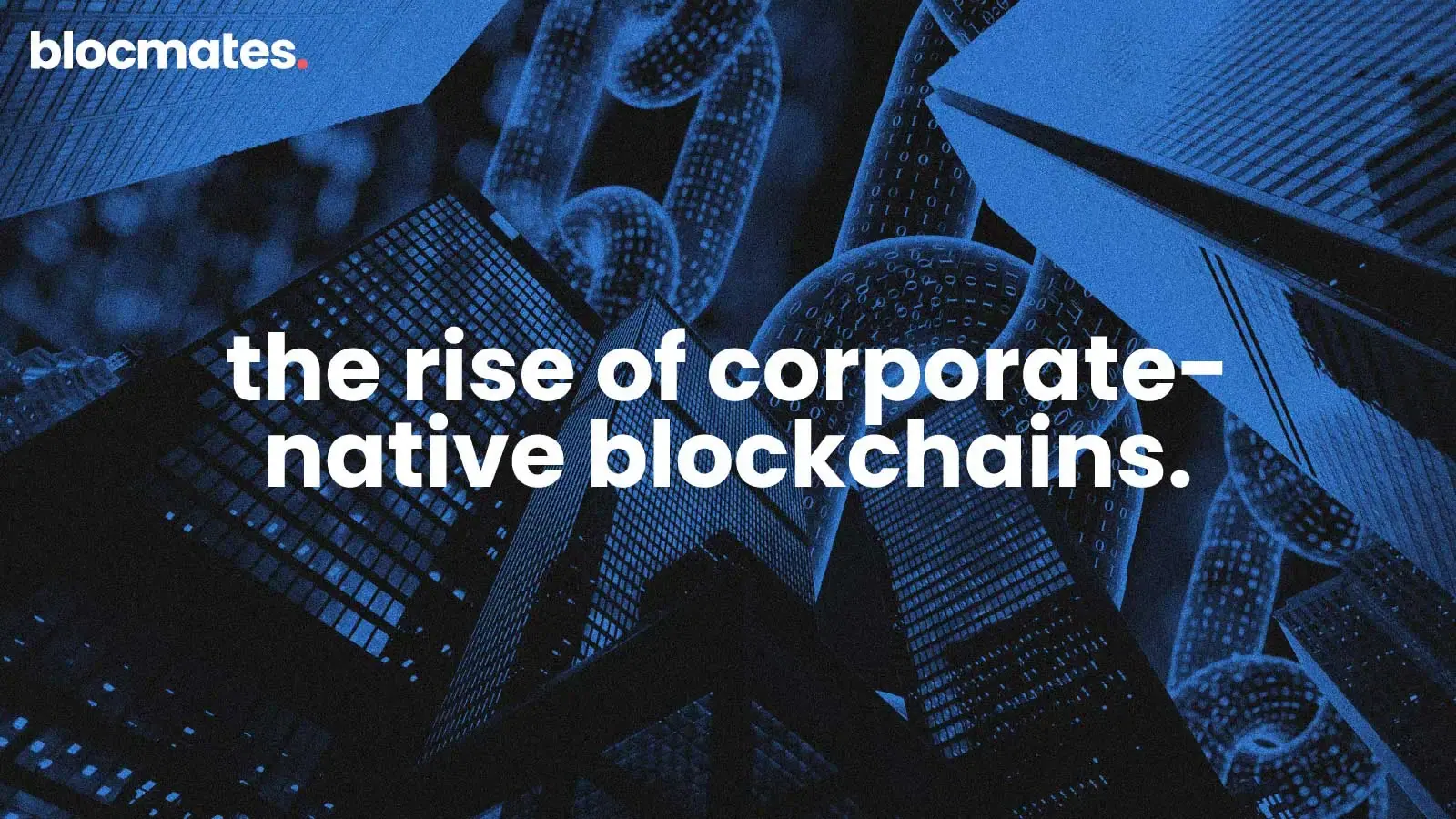
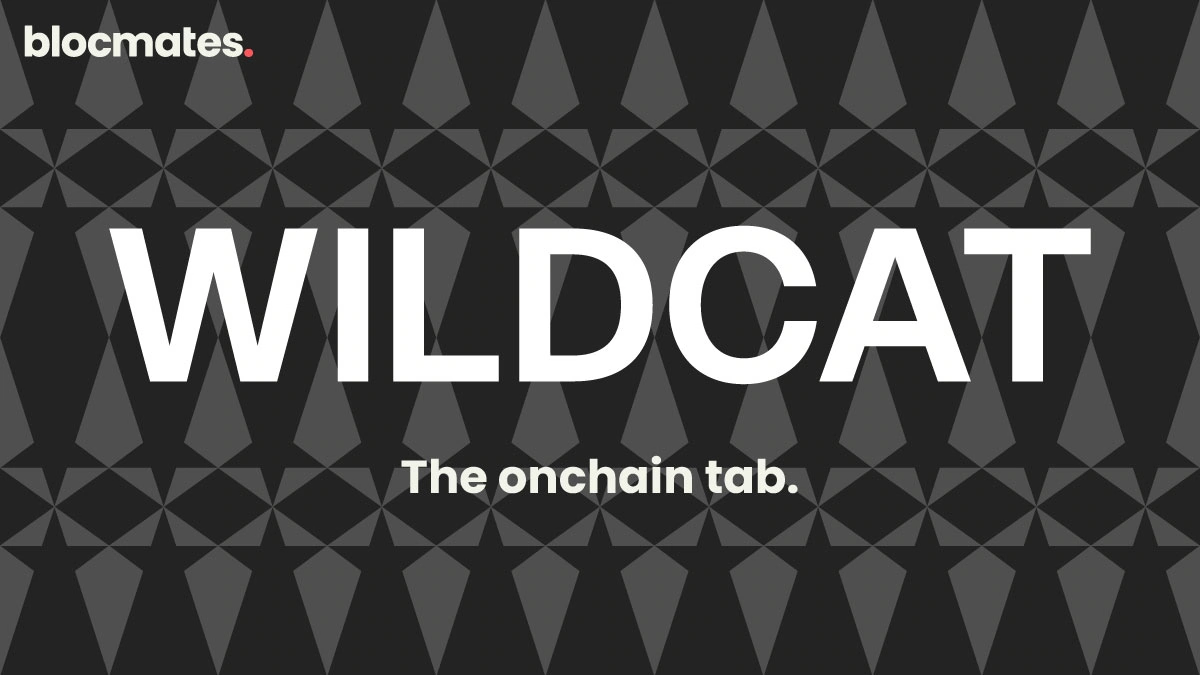
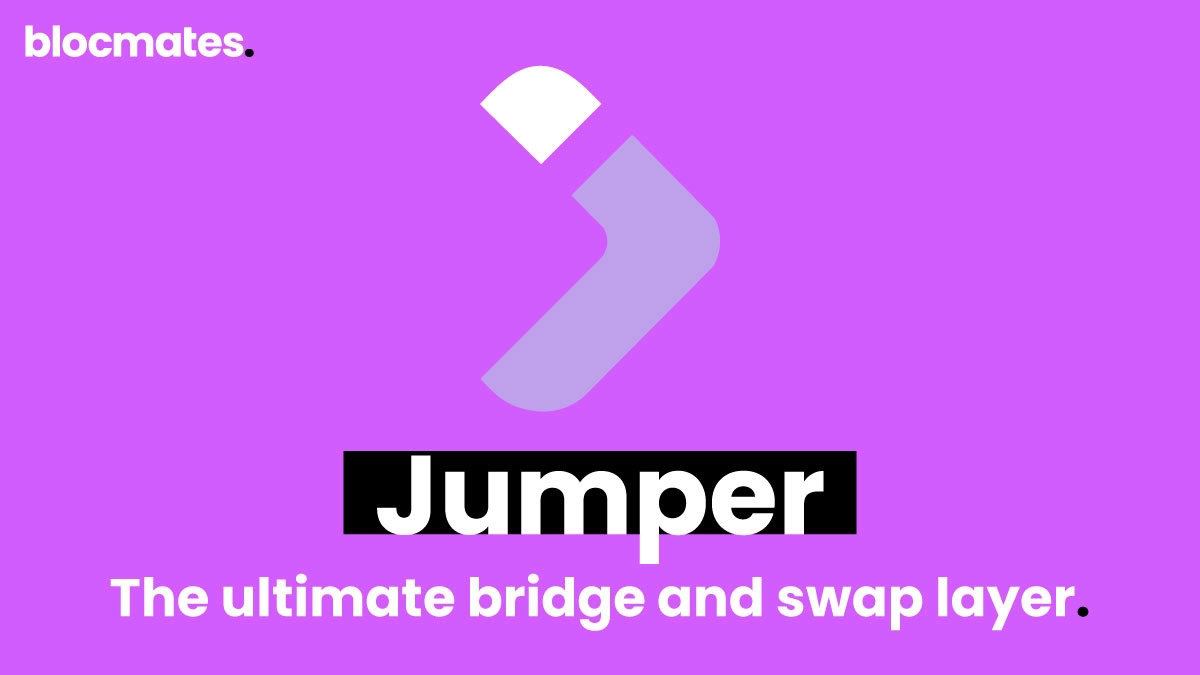
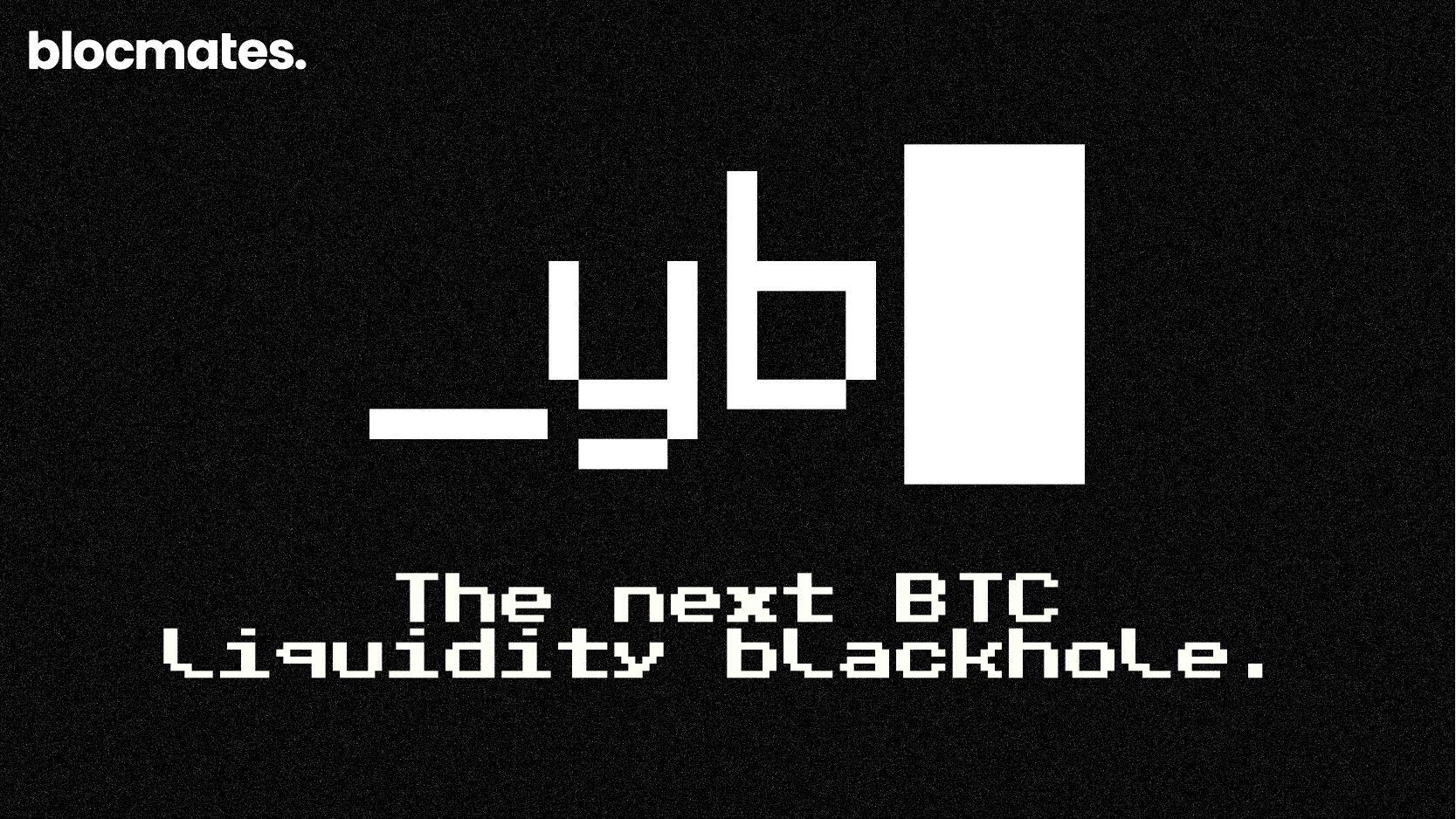
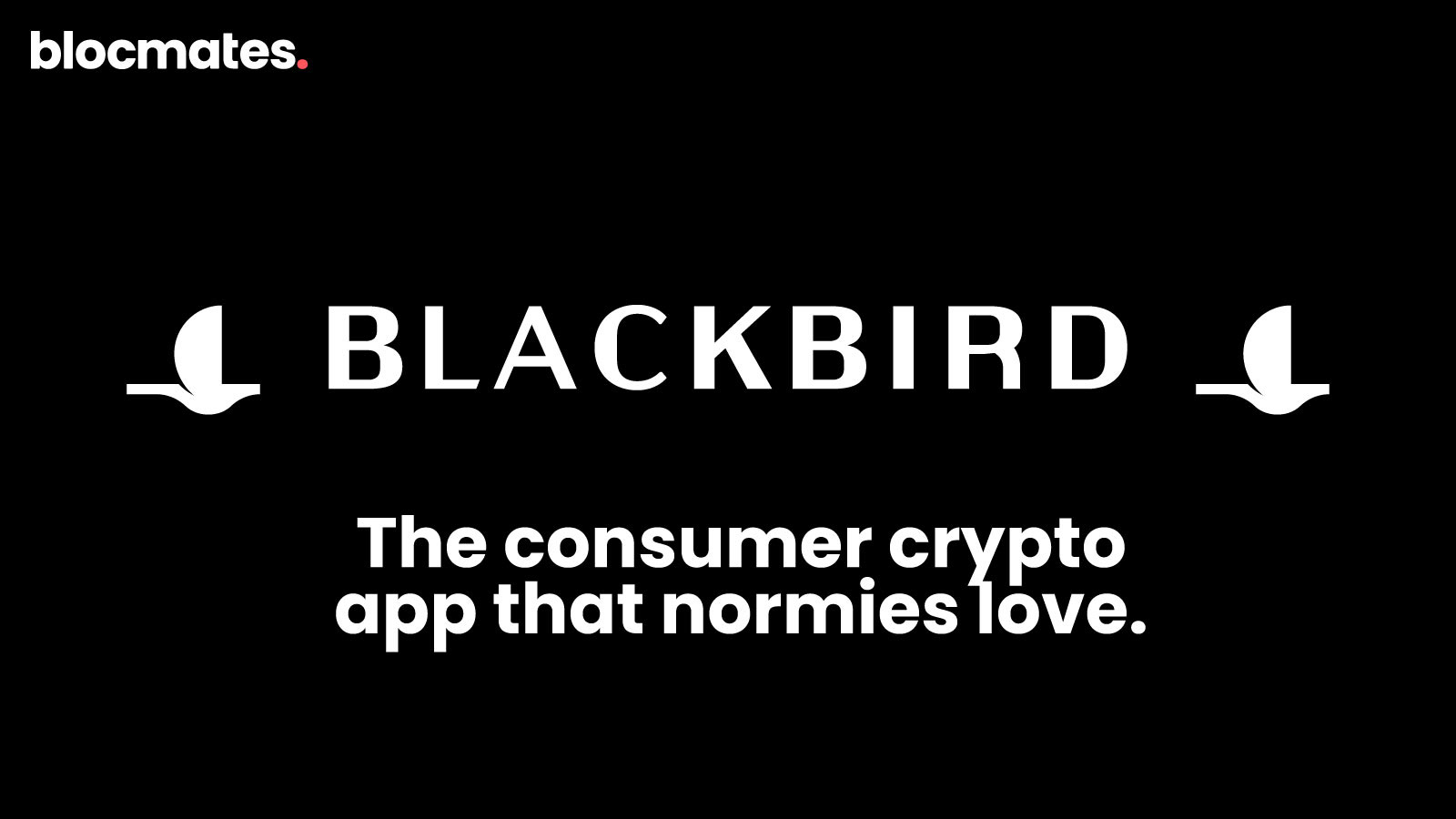


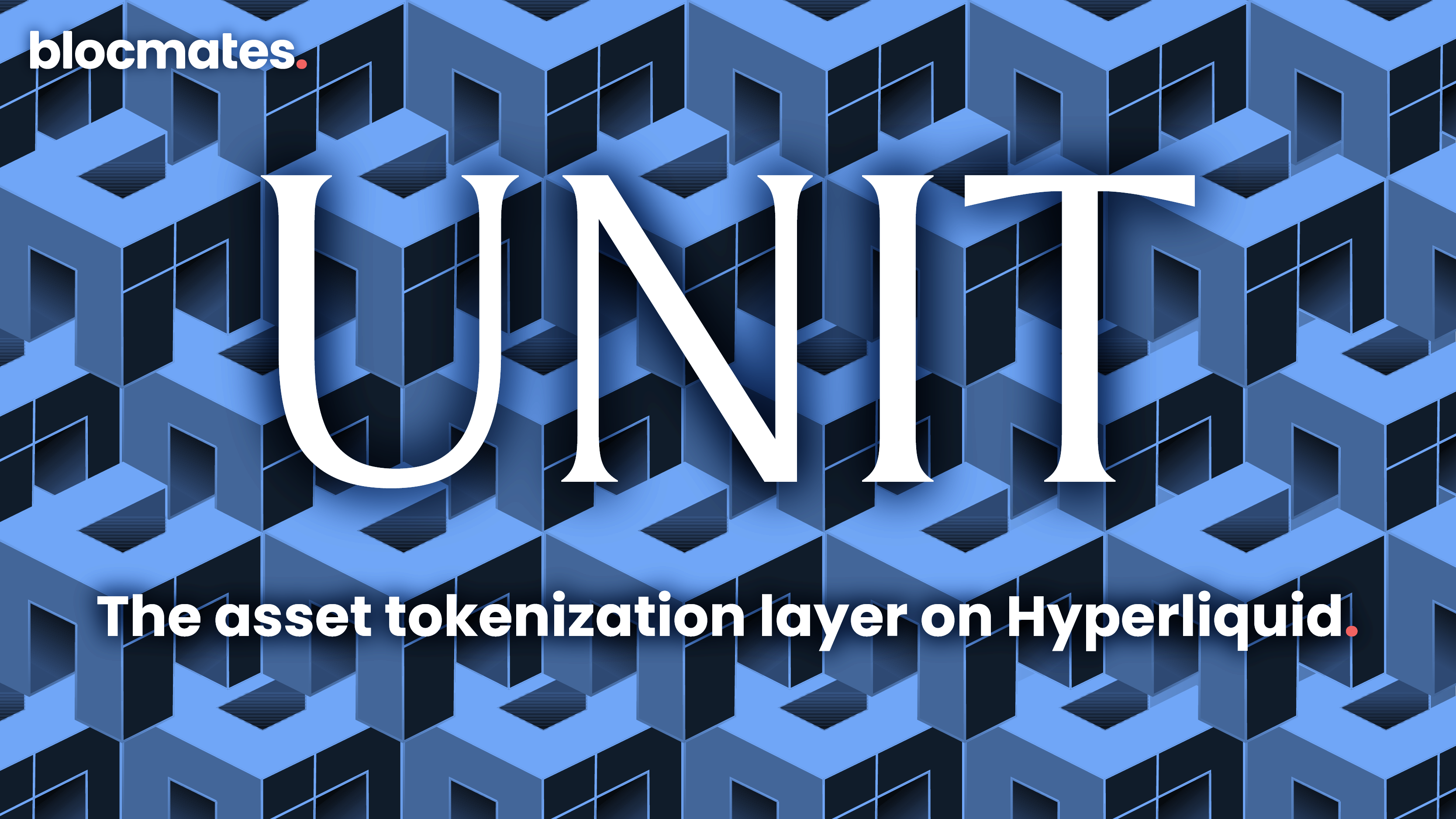




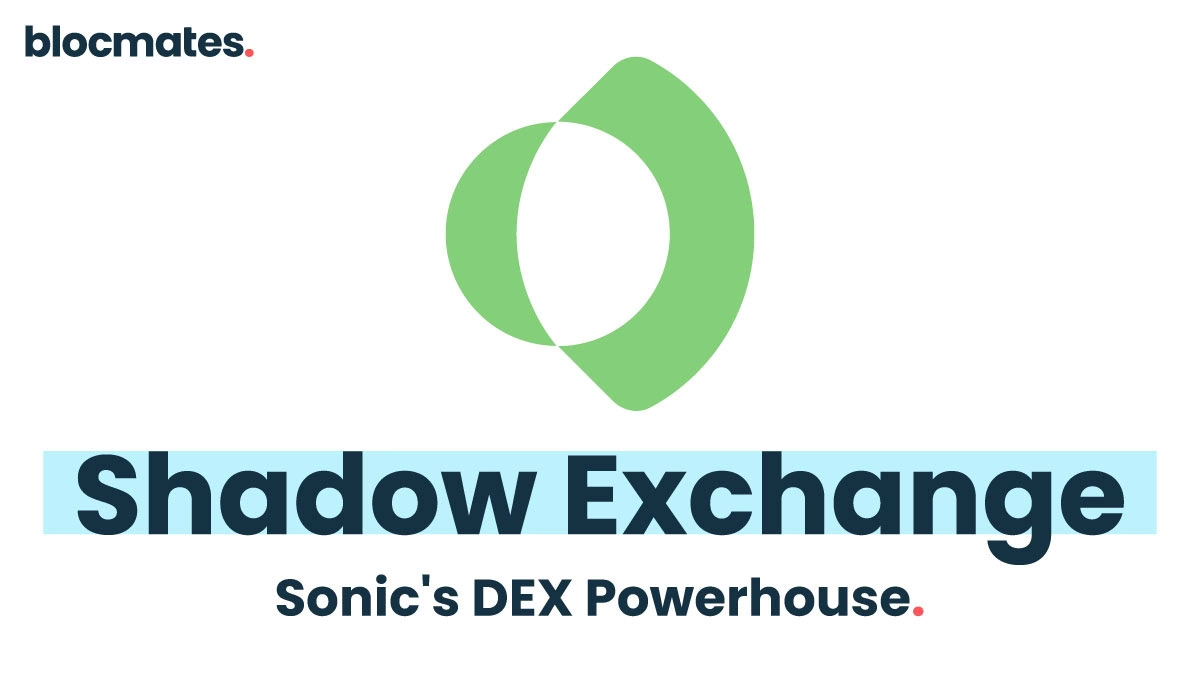


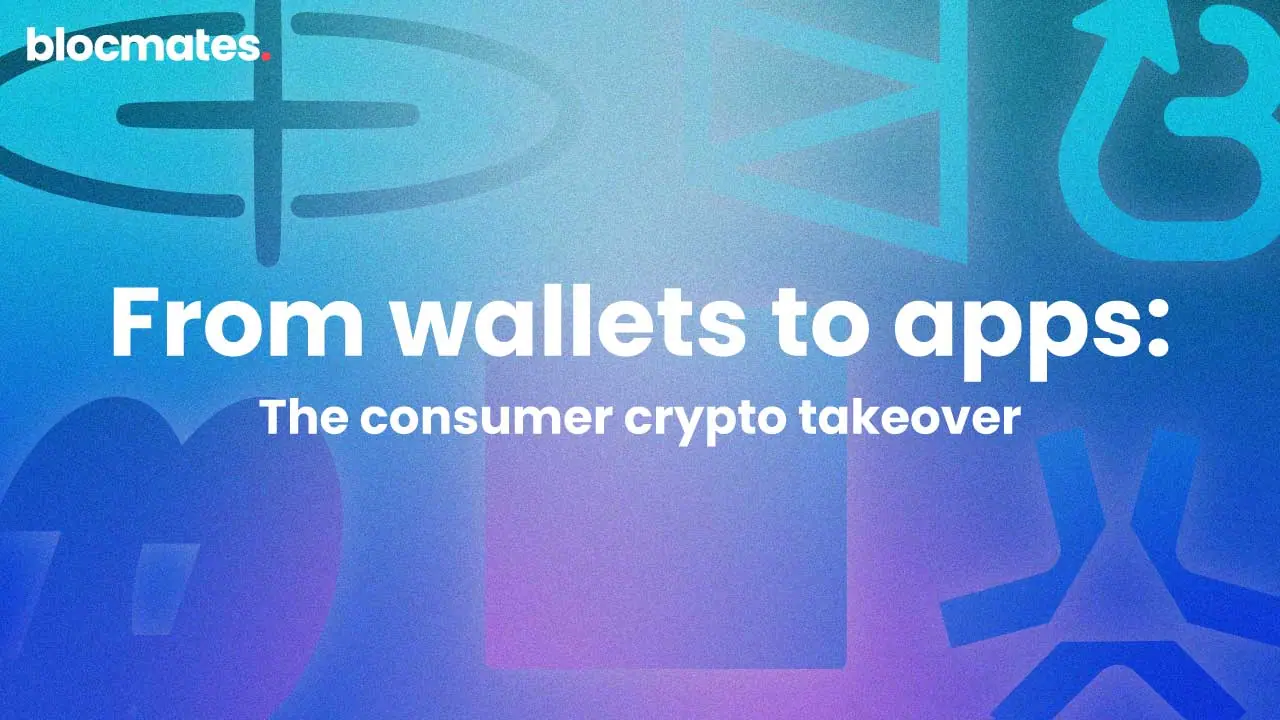




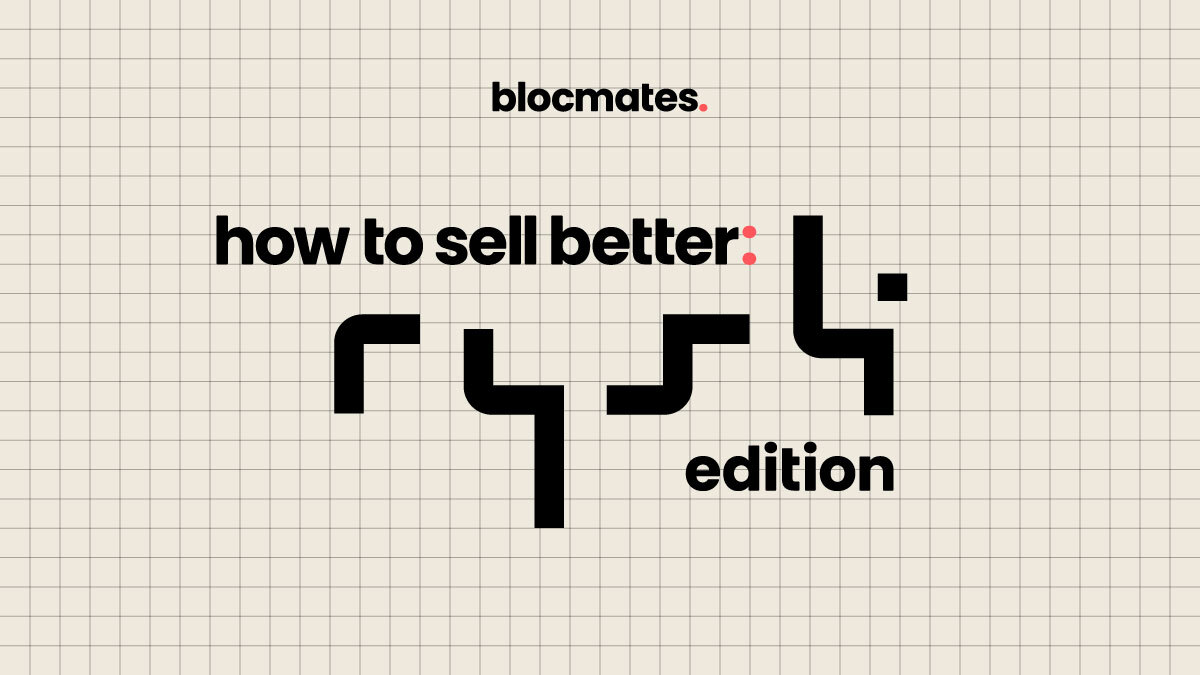
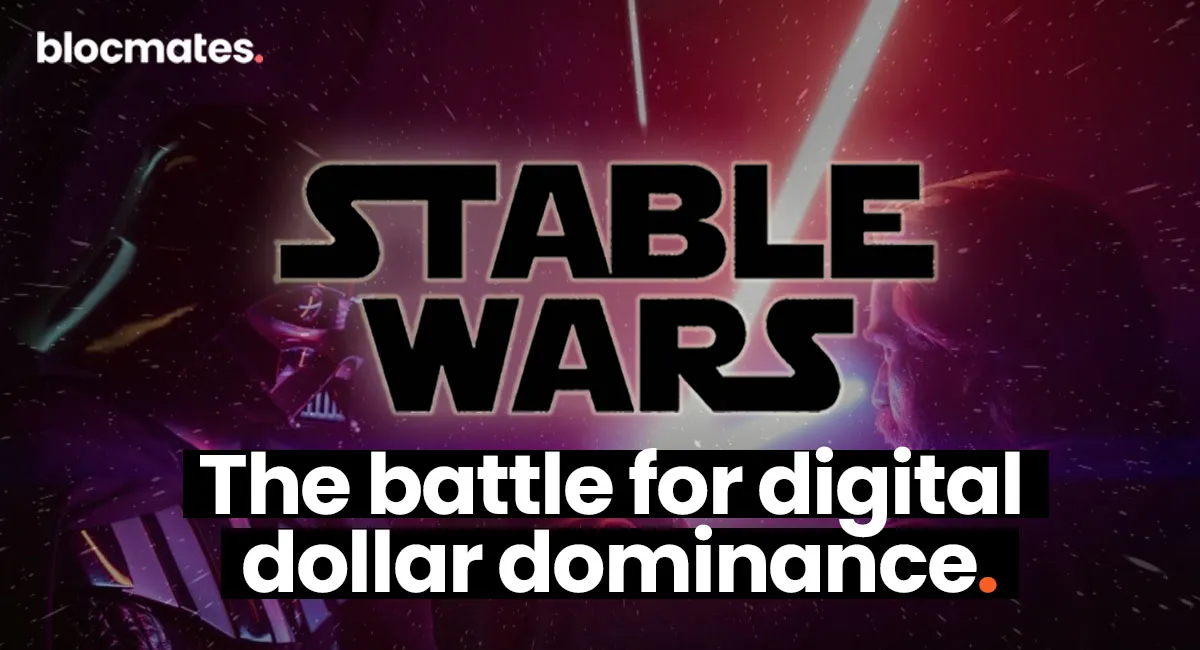

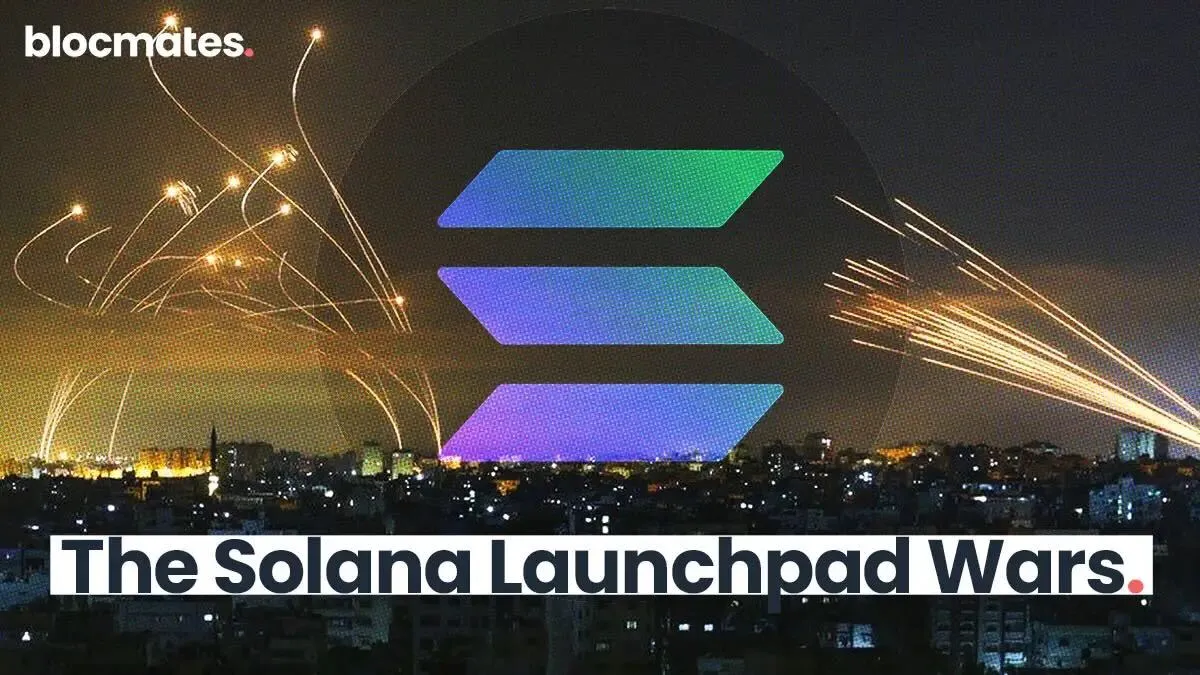




















%202.webp)


.webp)

.webp)
.webp)
.webp)



.webp)

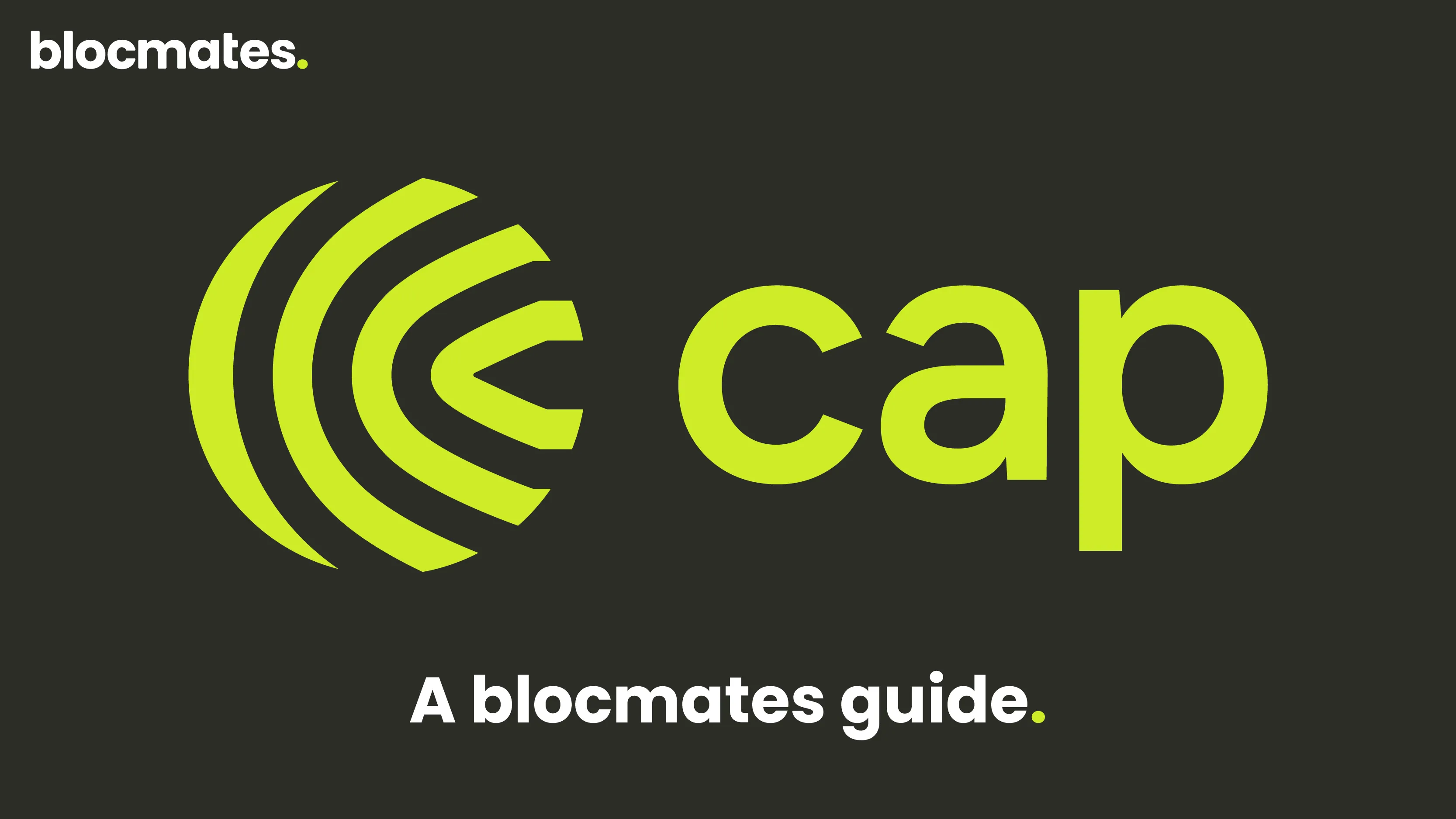










%20the%20Next%20Big%20Unlock%20in%20AI.webp)



.webp)
.webp)

.webp)
.webp)
.webp)


.webp)
.webp)










.webp)


.webp)









.webp)







.webp)
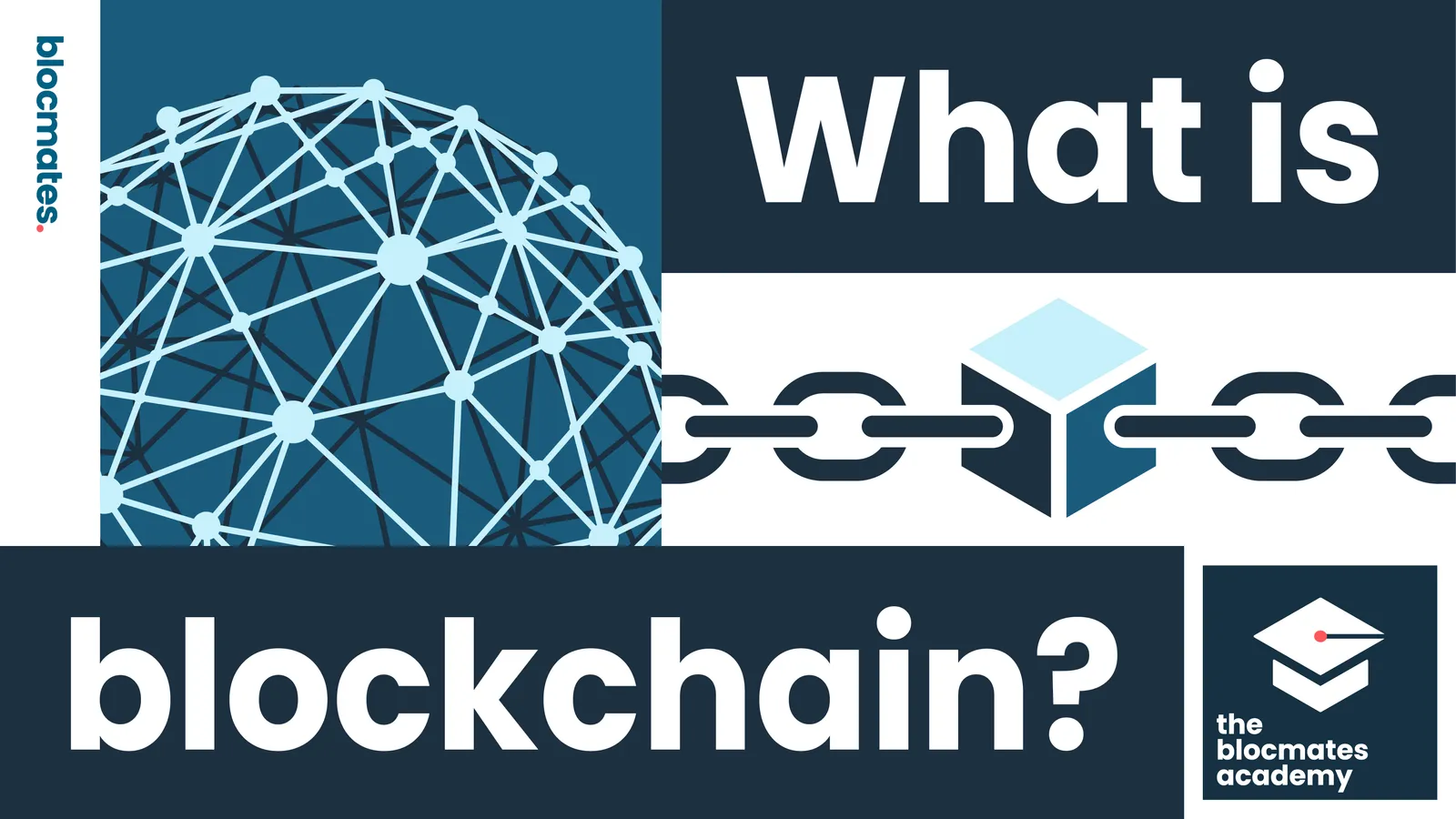



.webp)






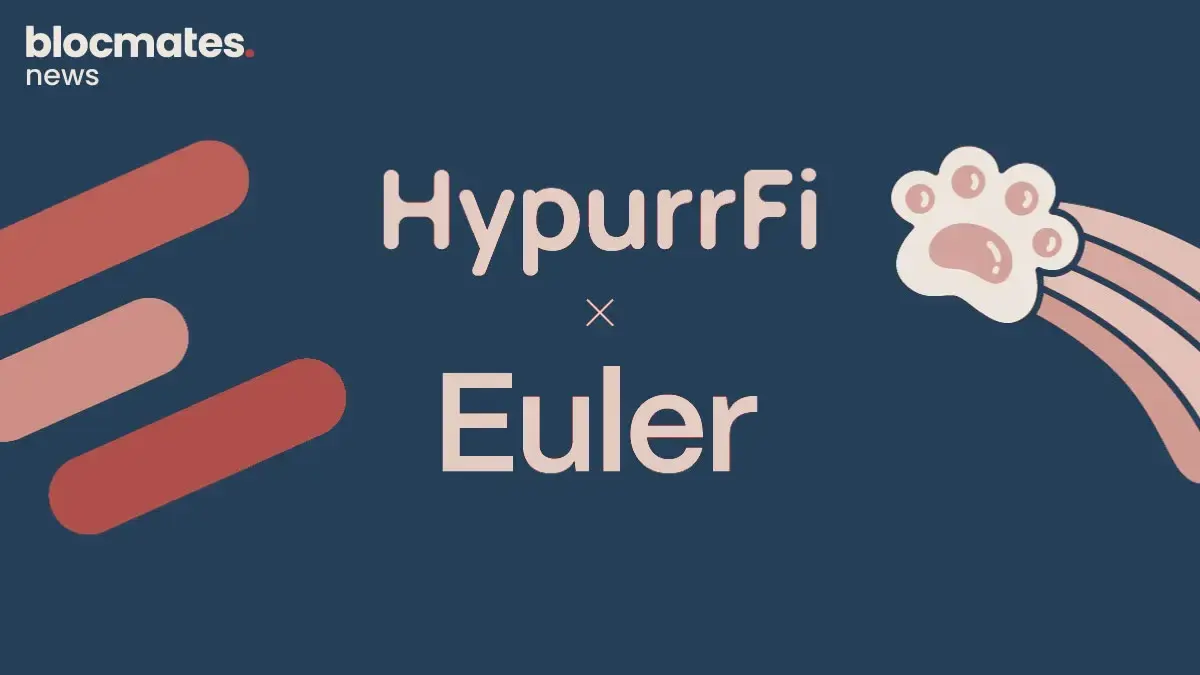







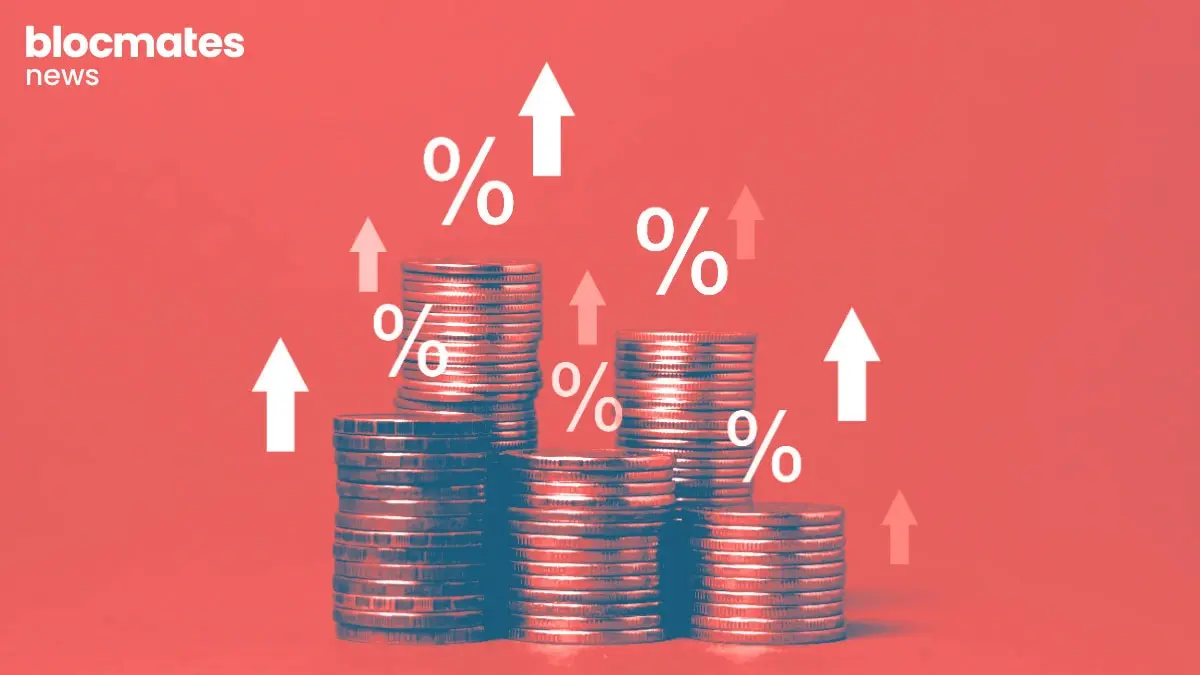


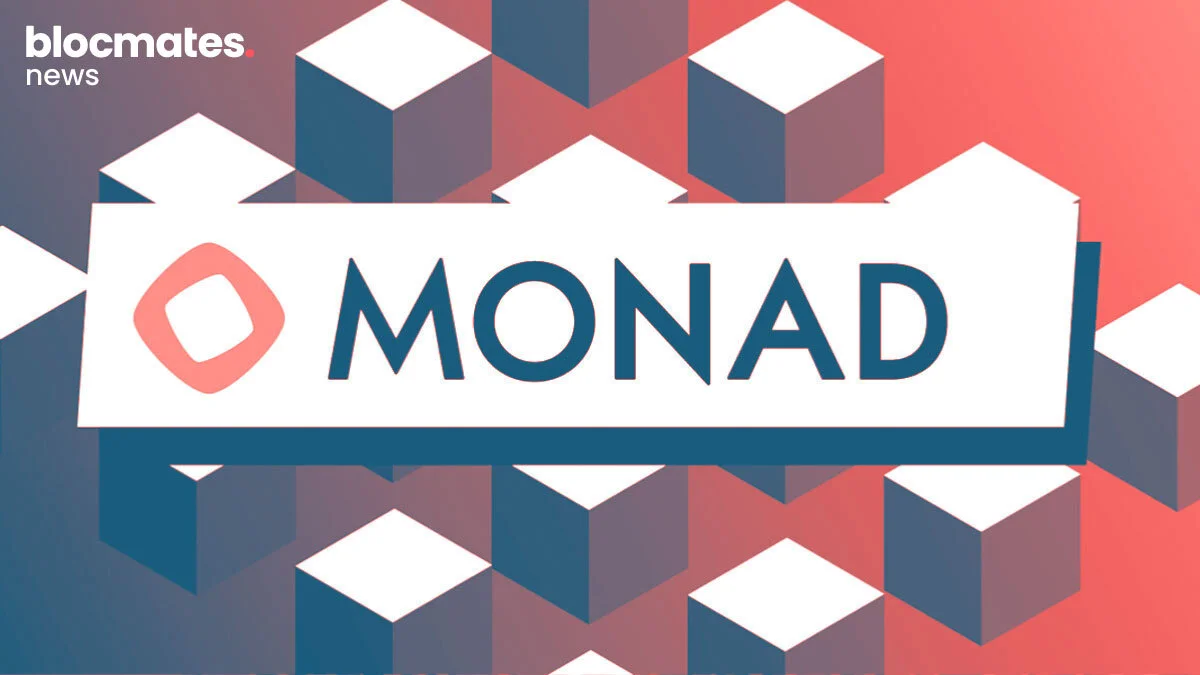
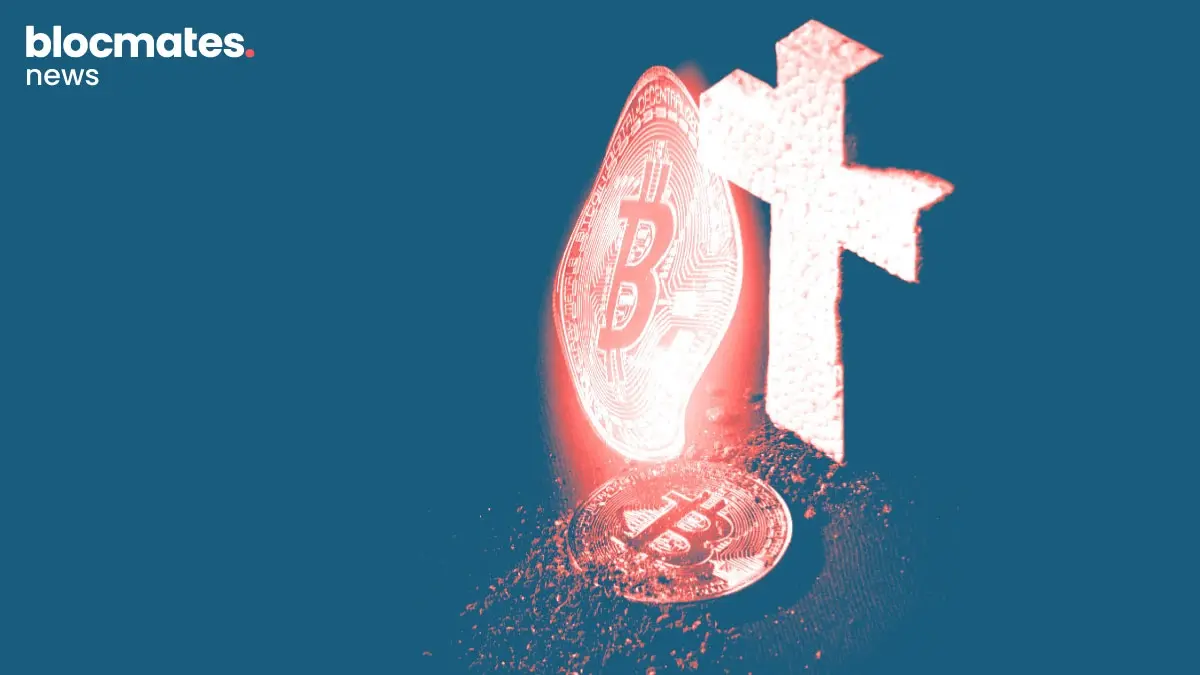



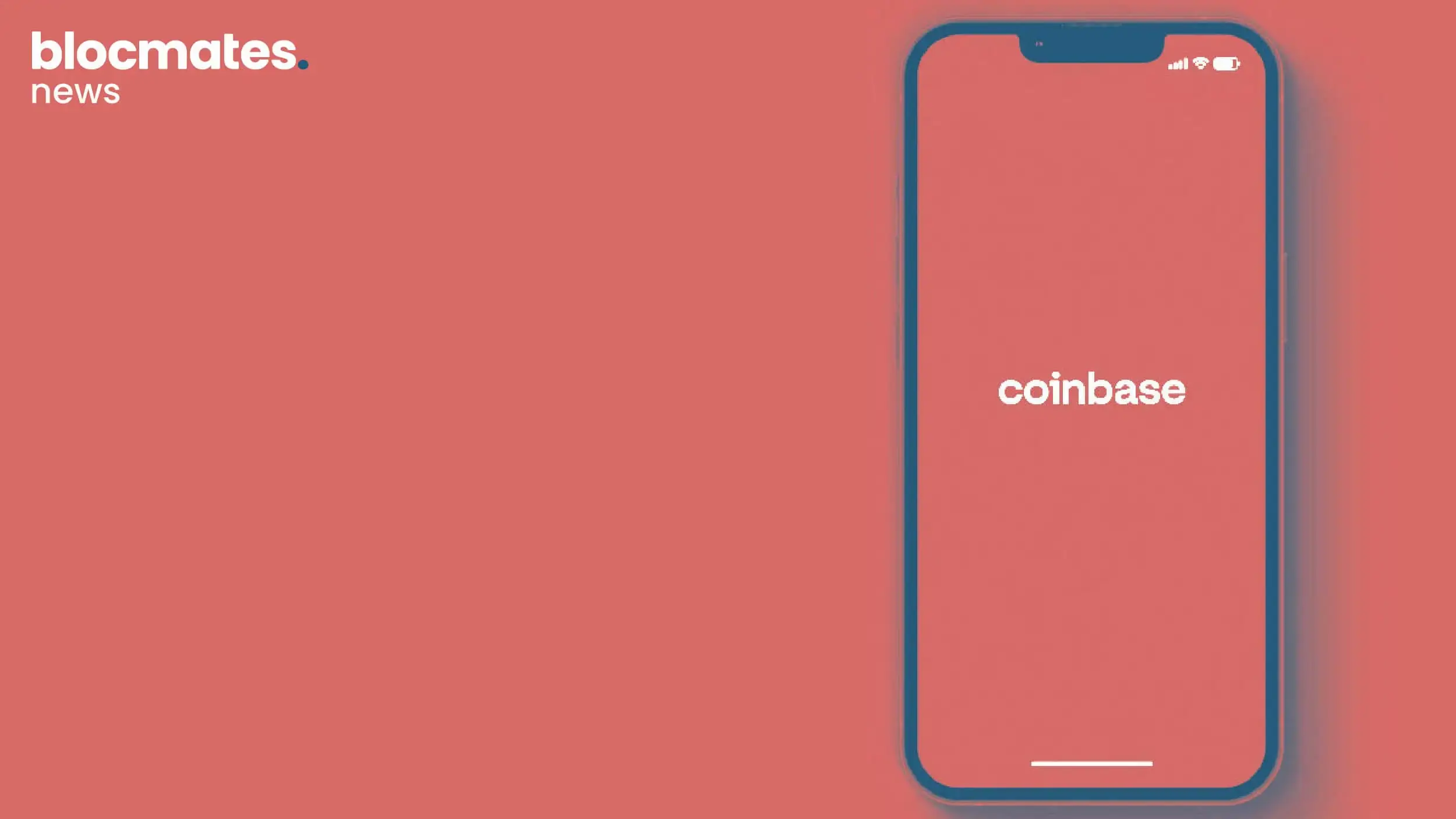

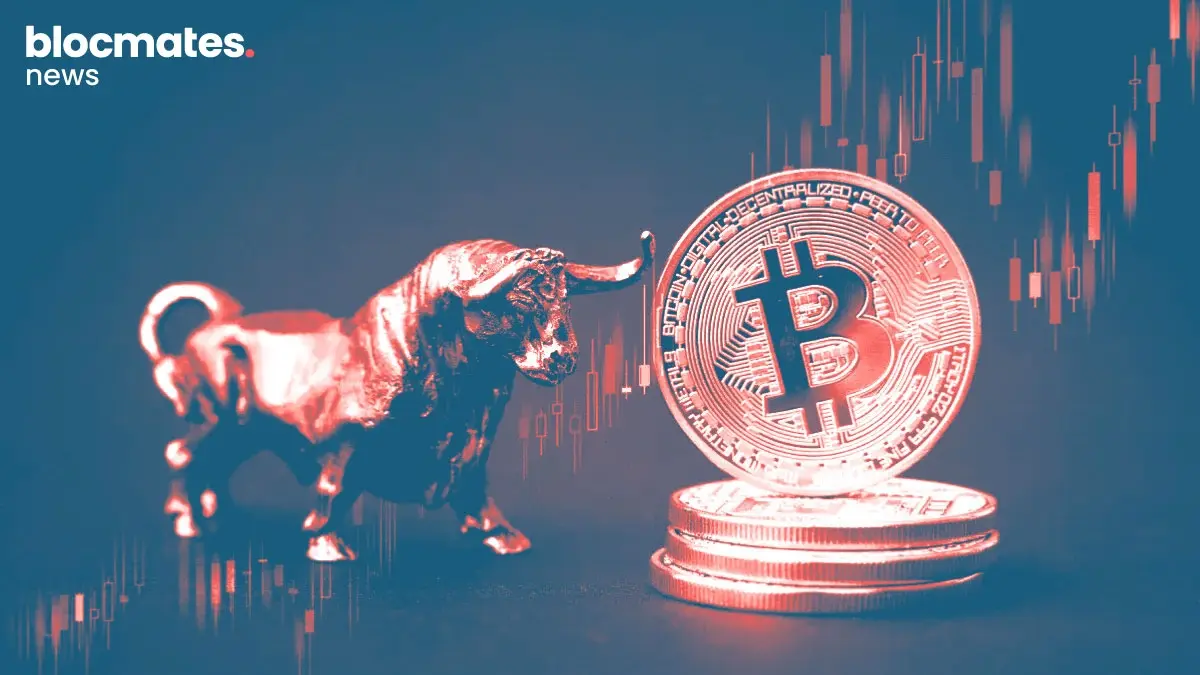

.webp)
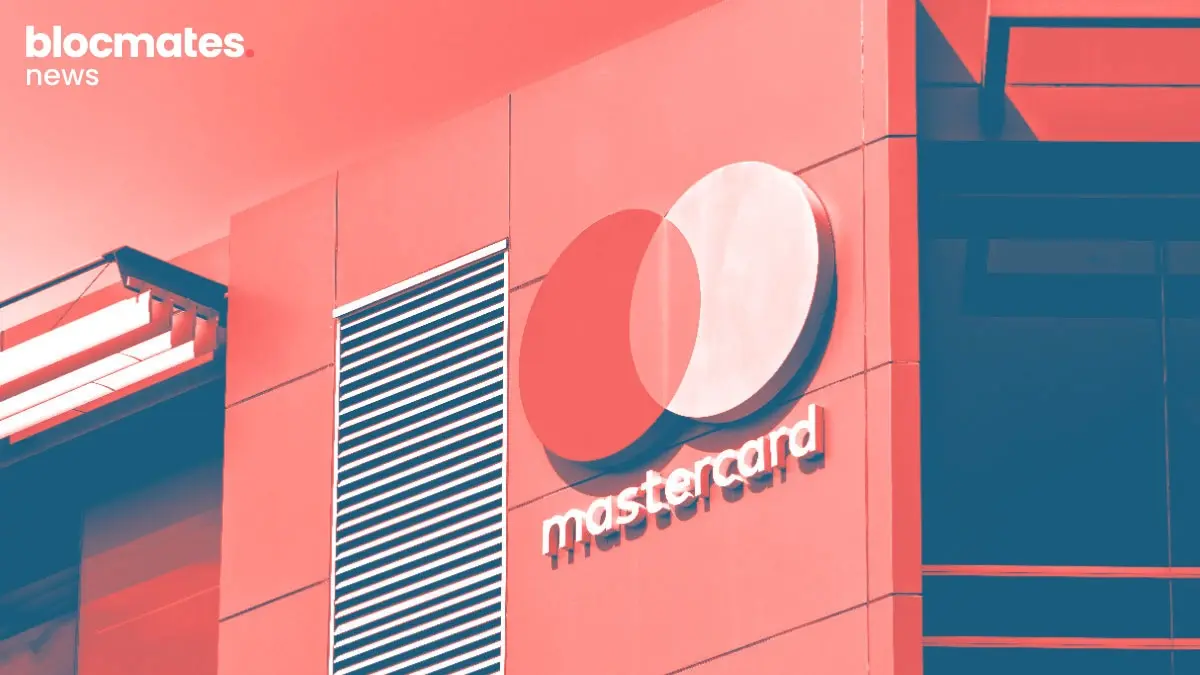


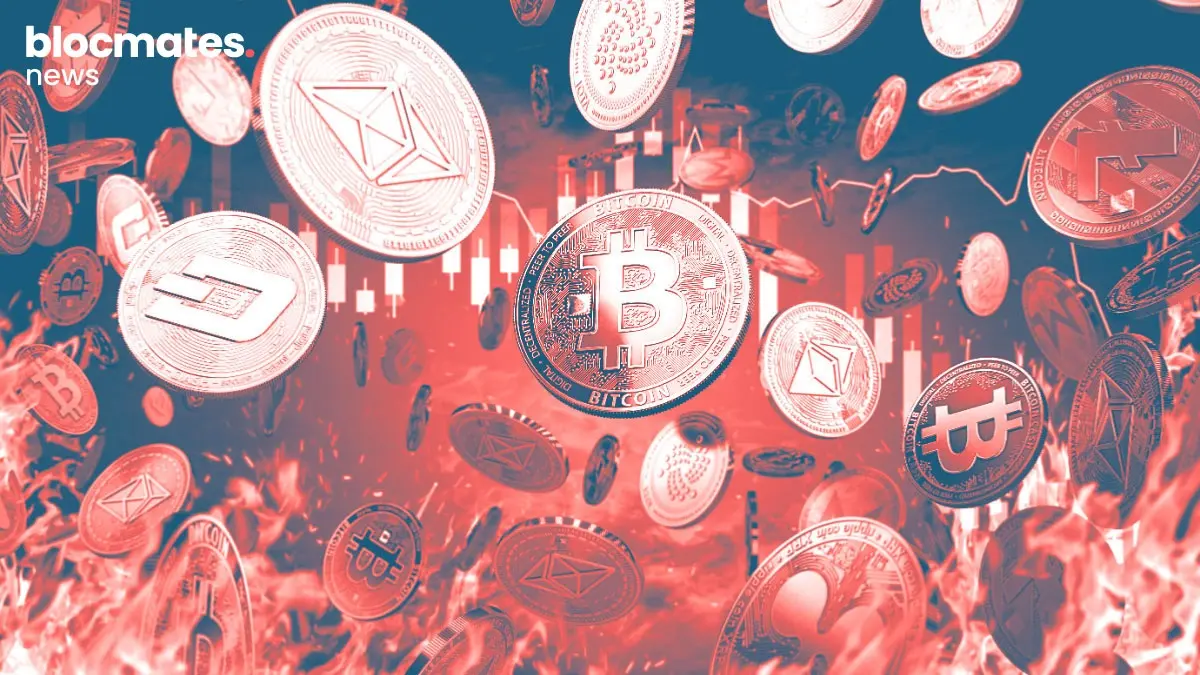



.webp)


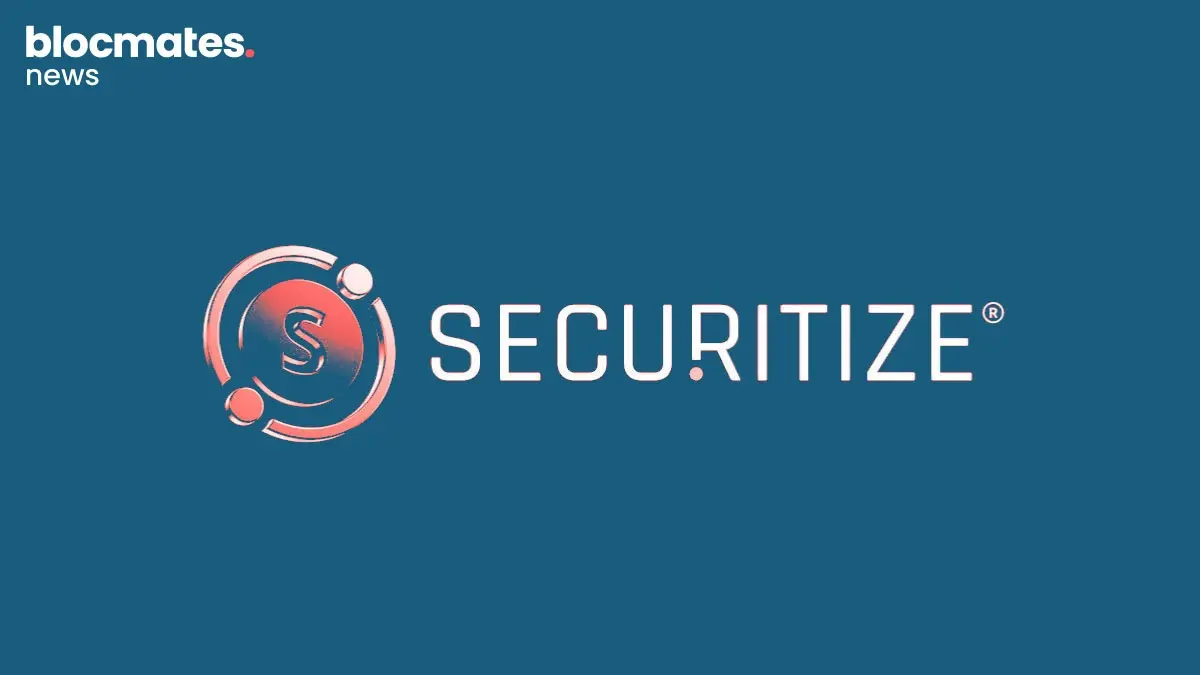

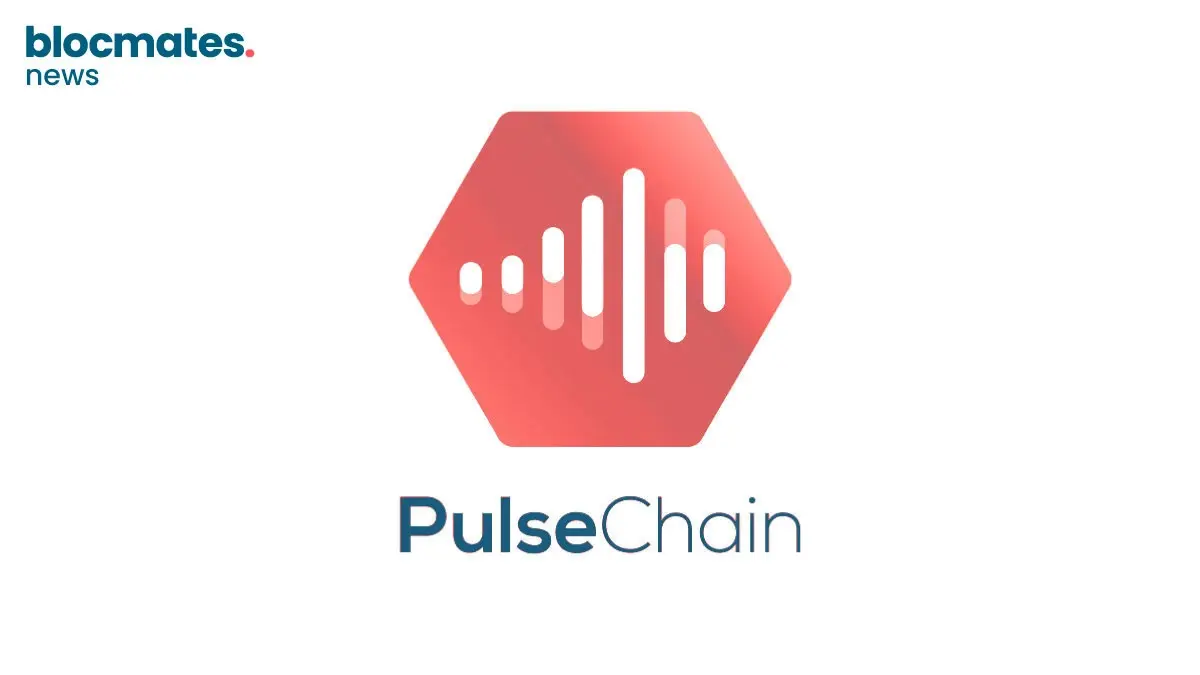
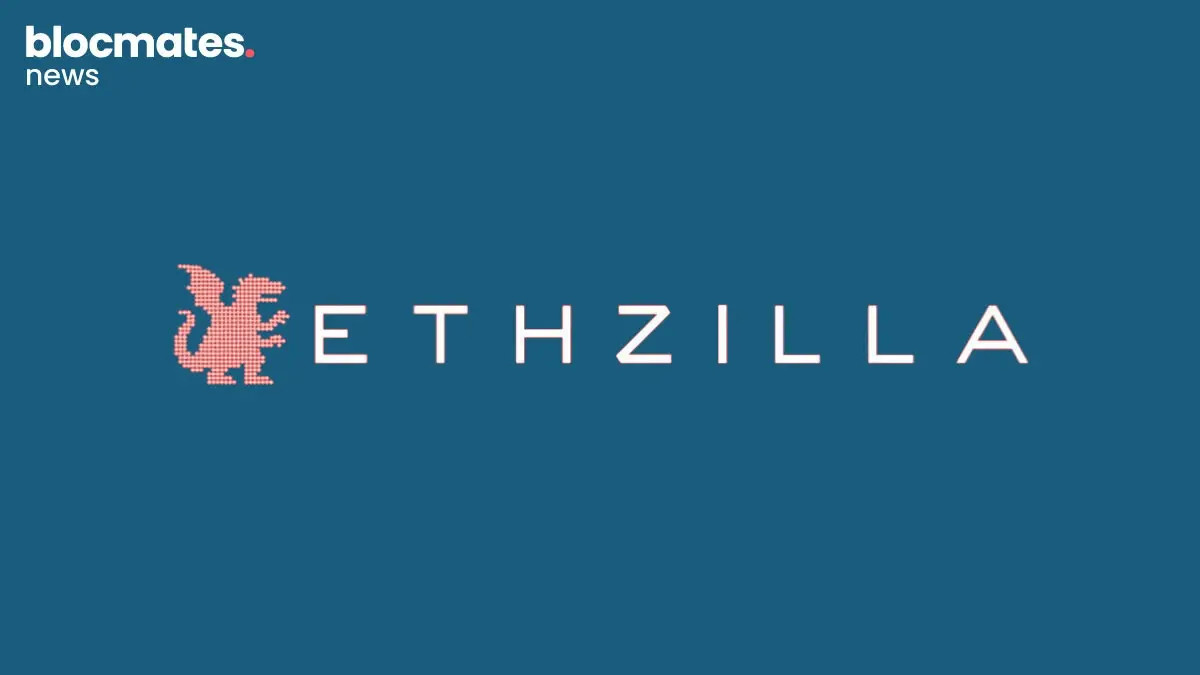
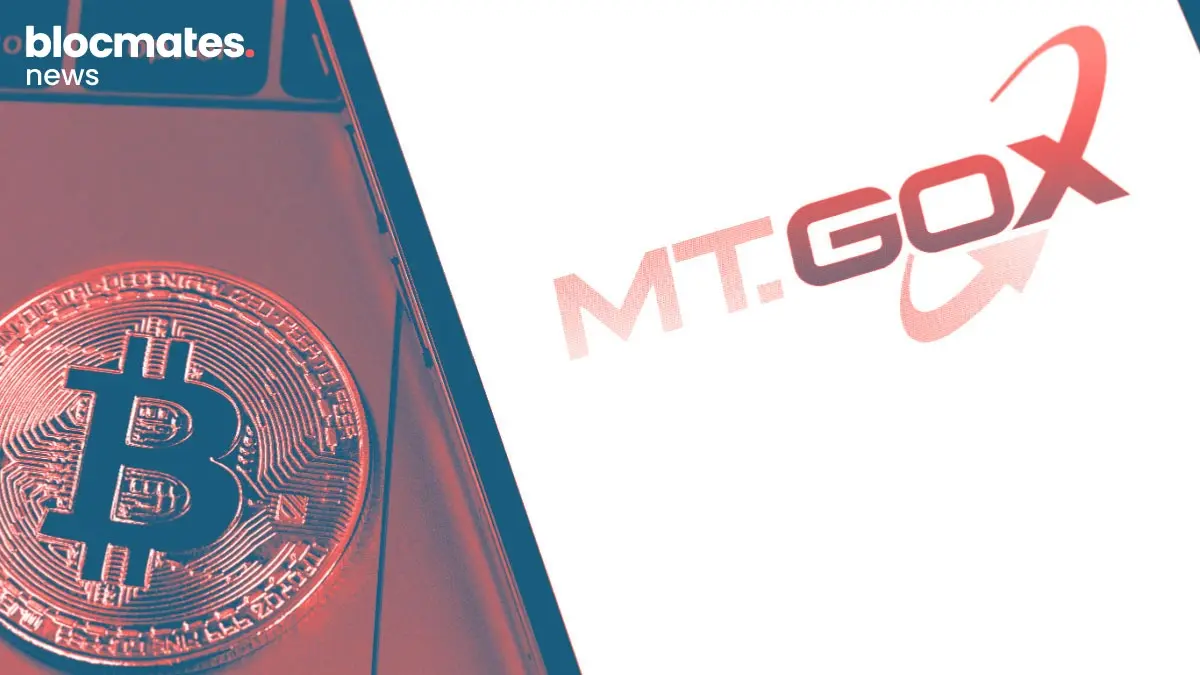
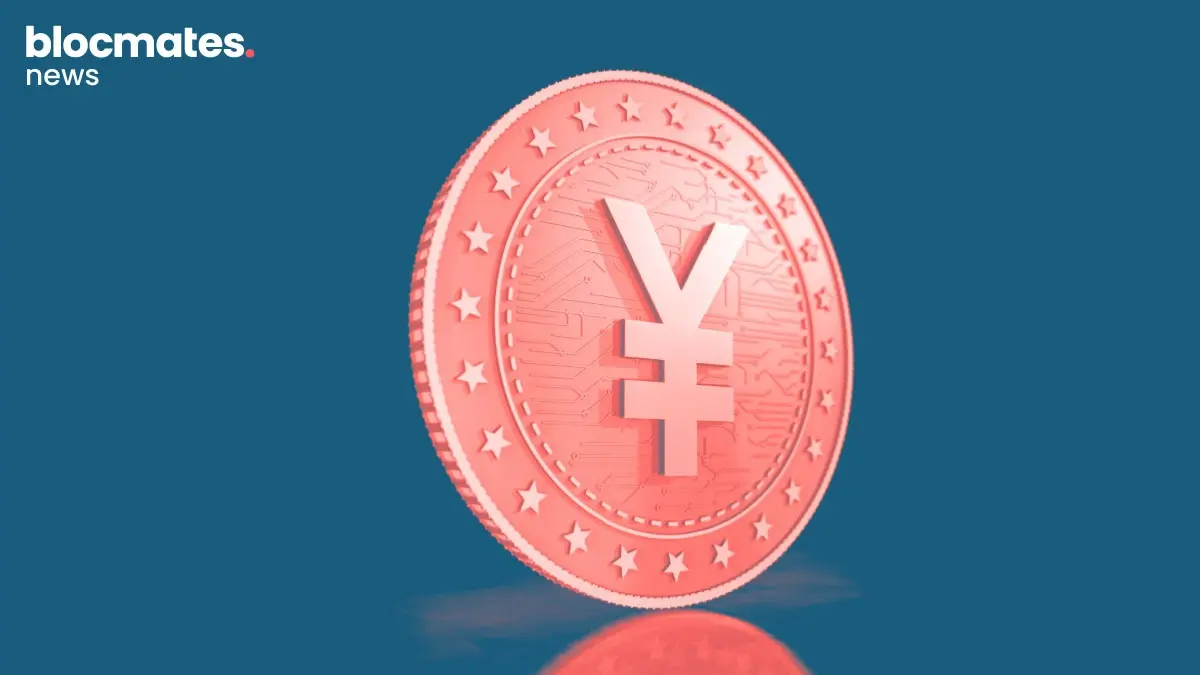
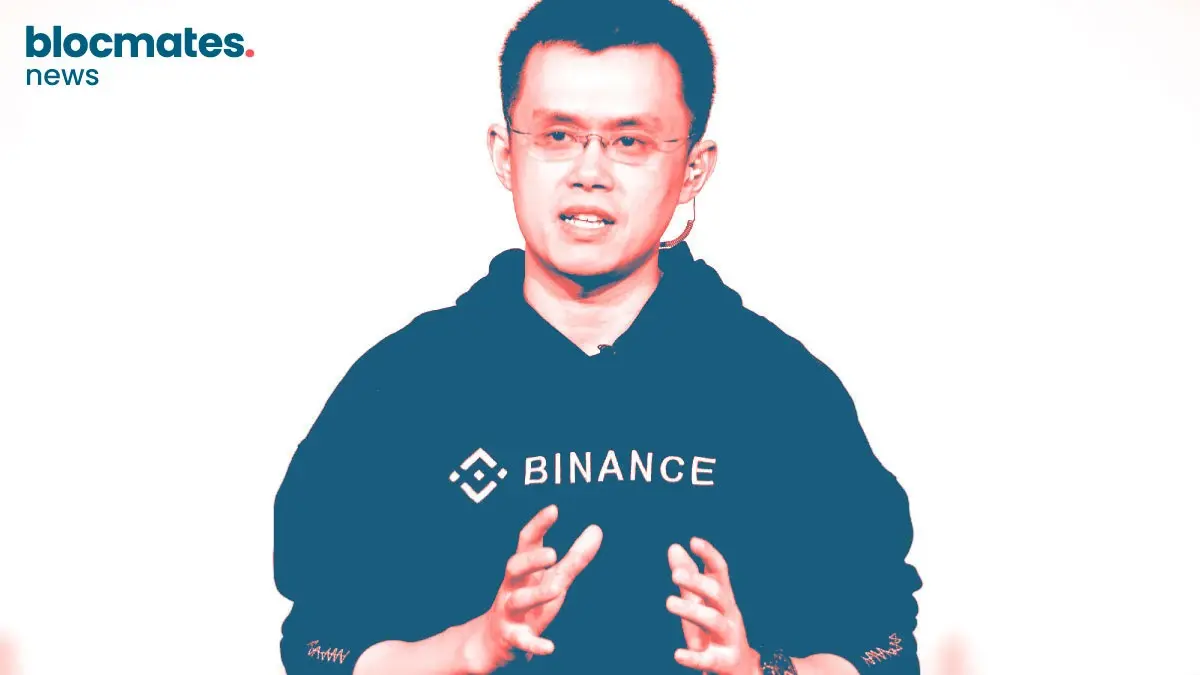


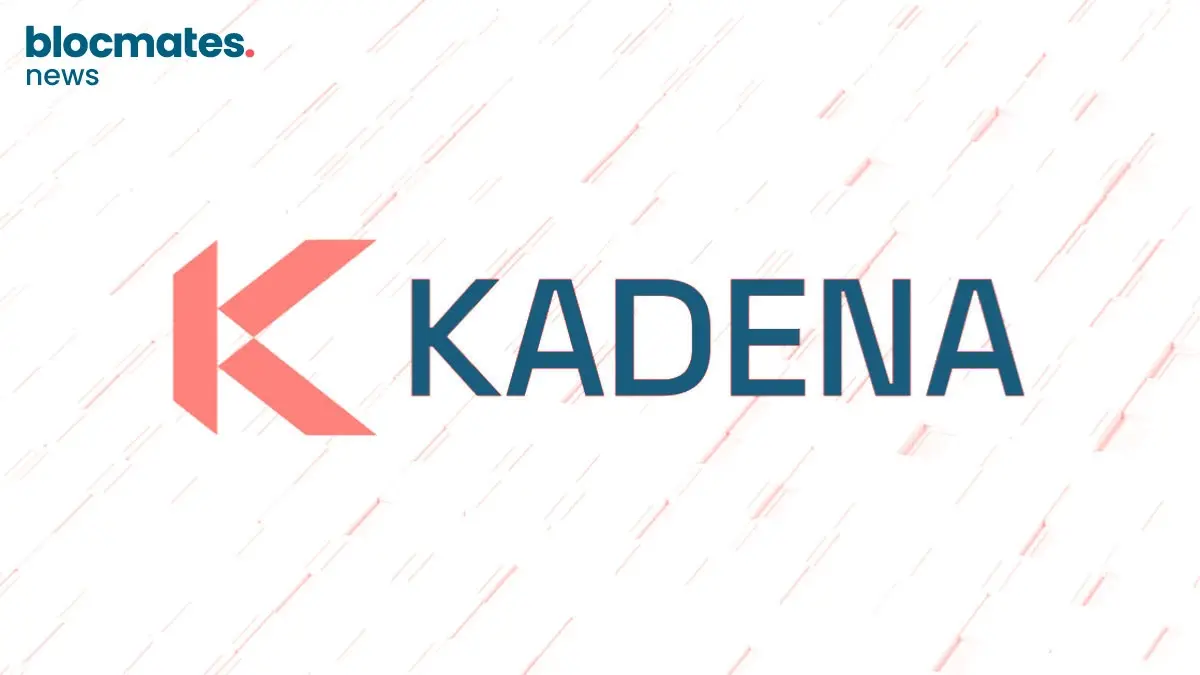

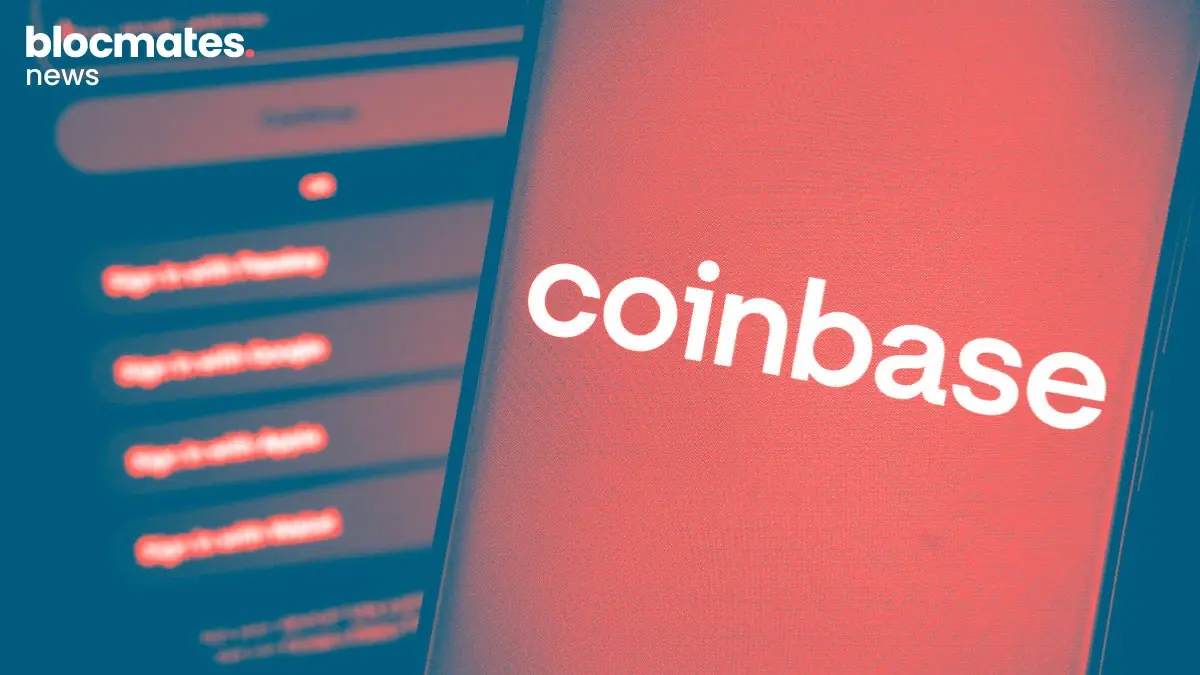
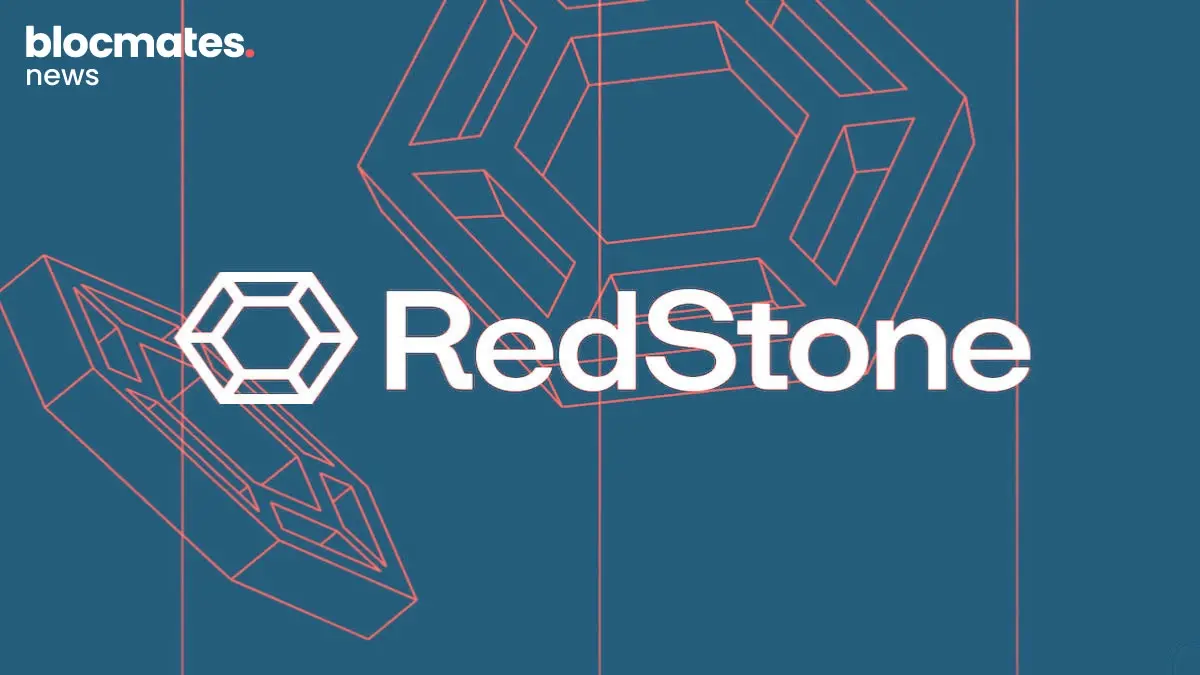
.webp)
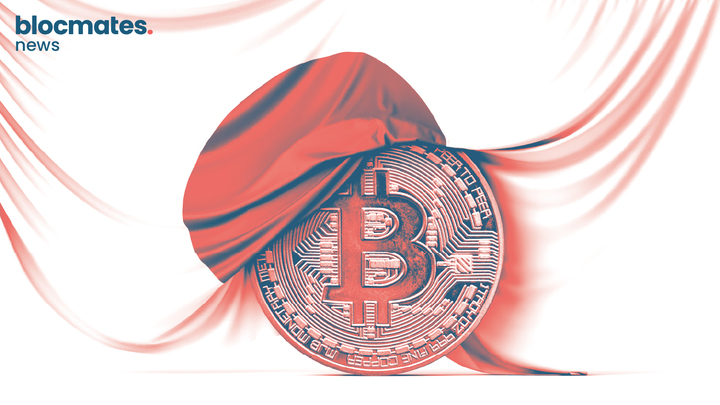
.webp)
.webp)

.webp)


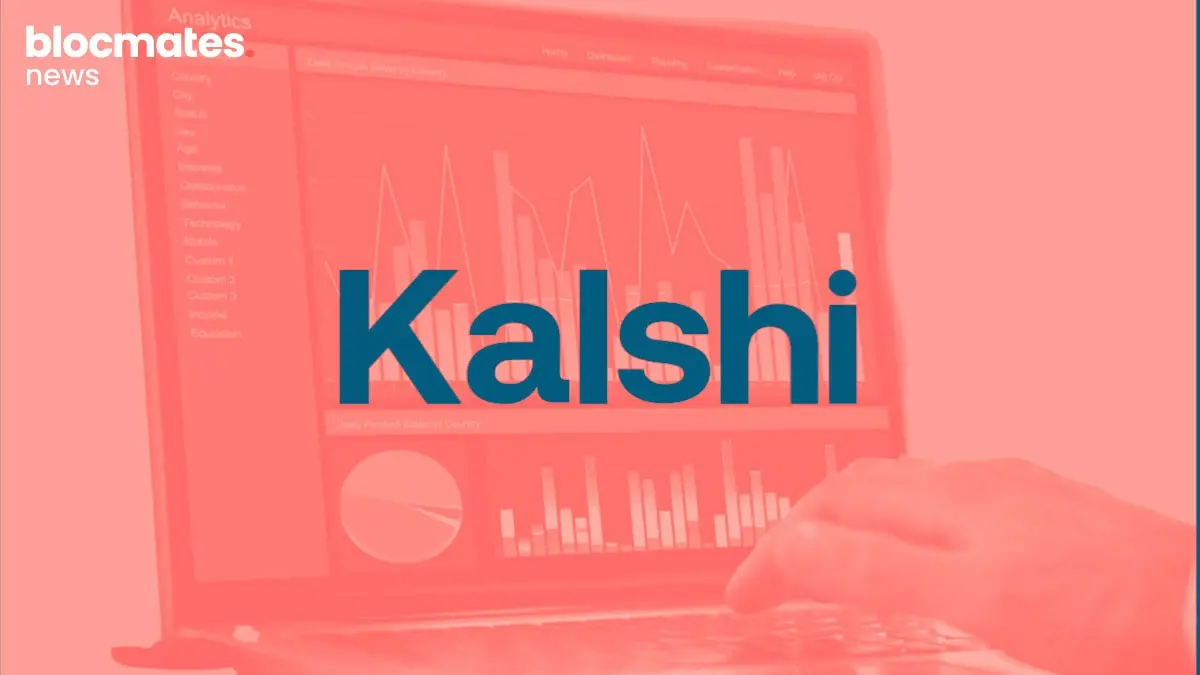
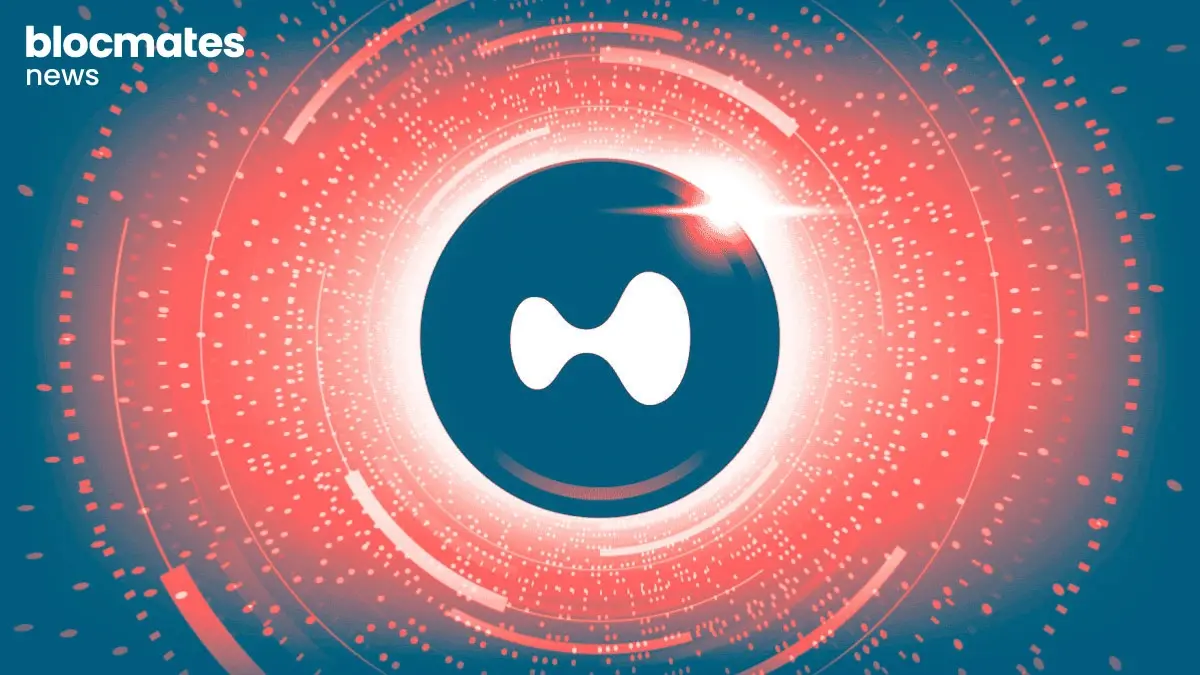



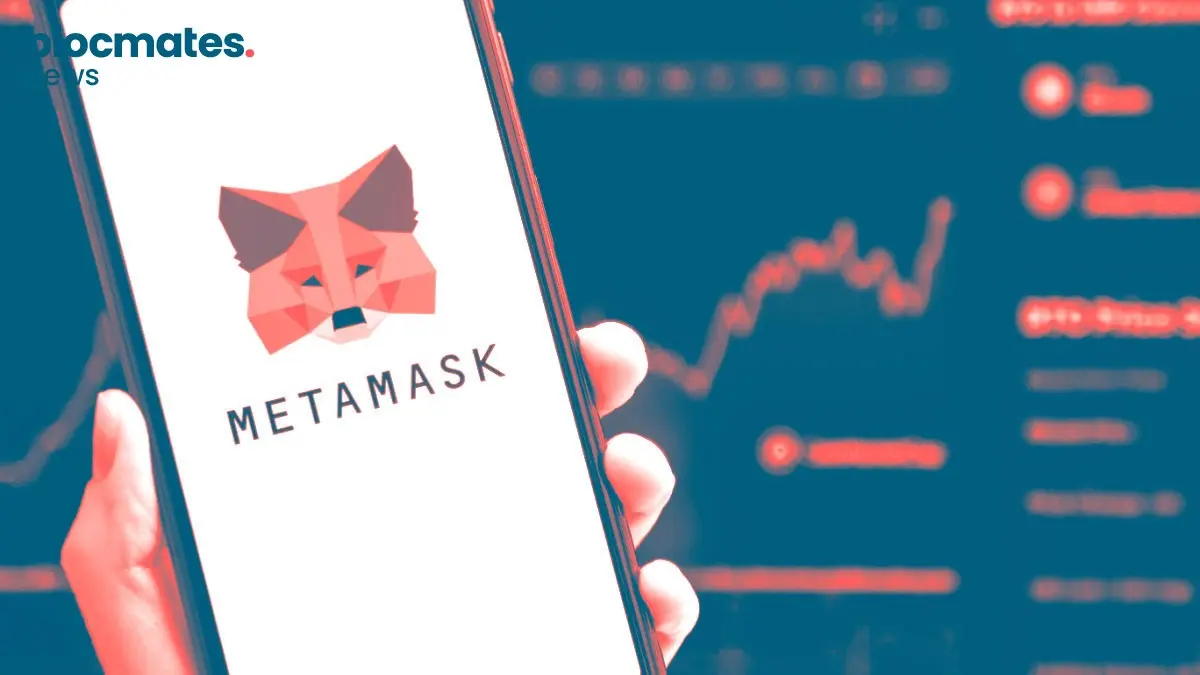
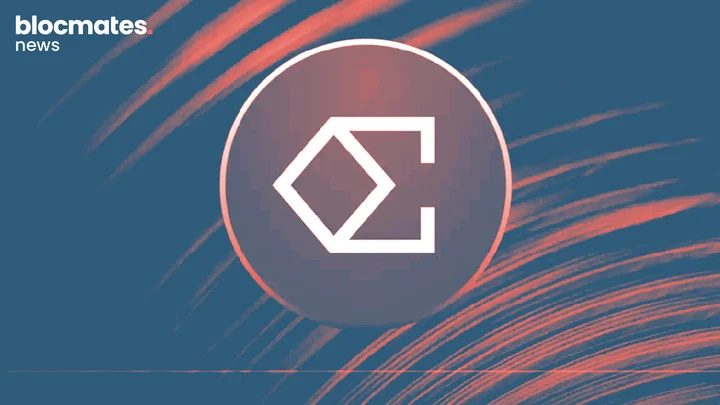


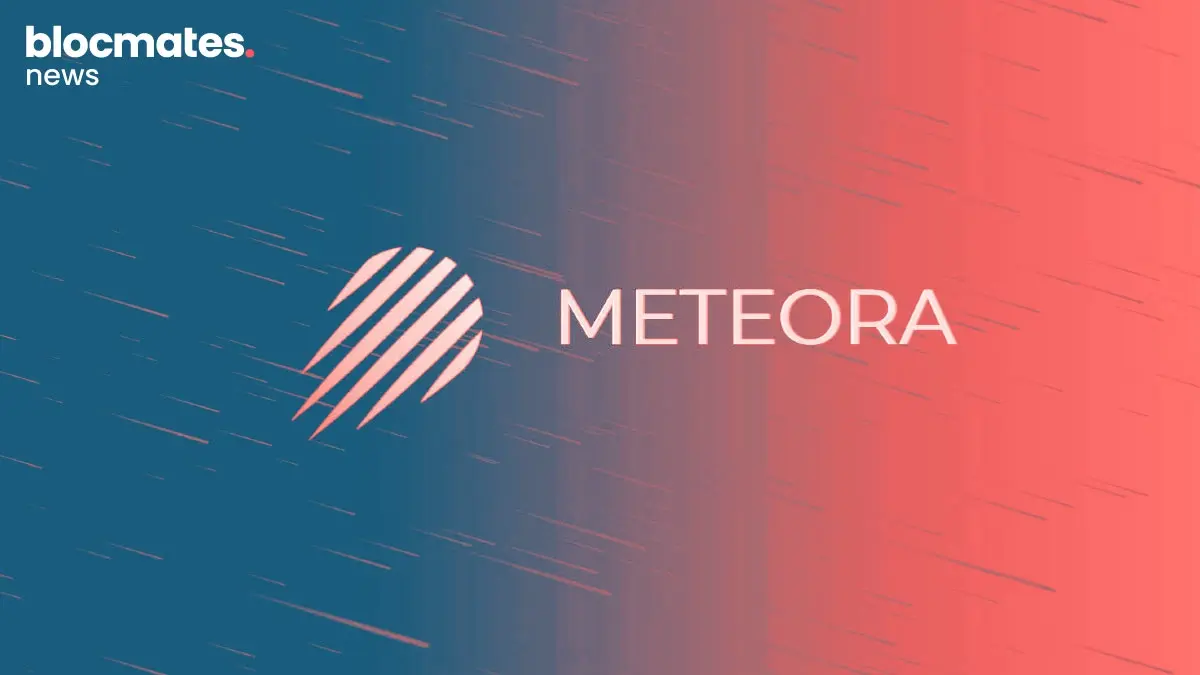


.webp)

.webp)


.webp)



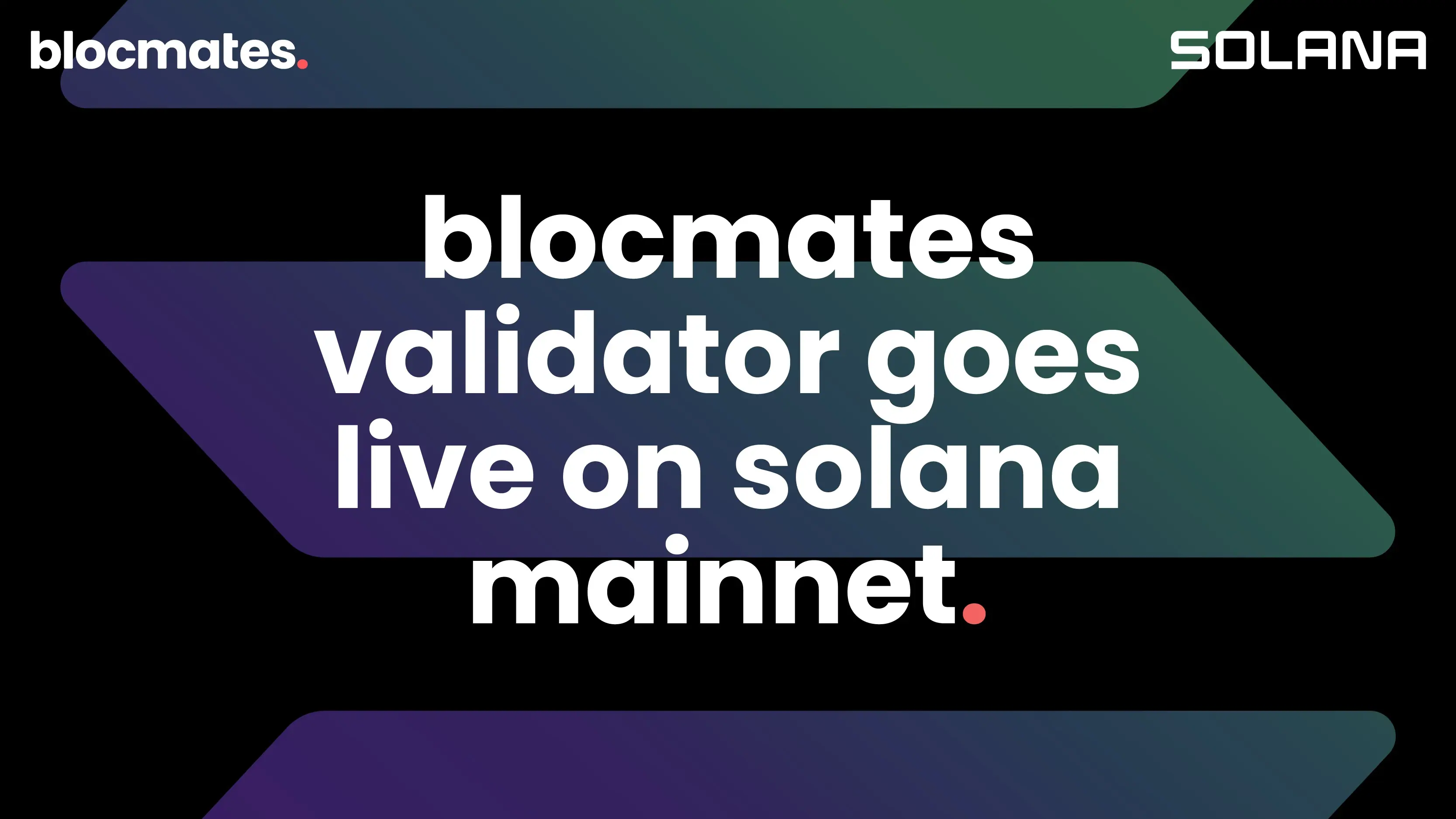
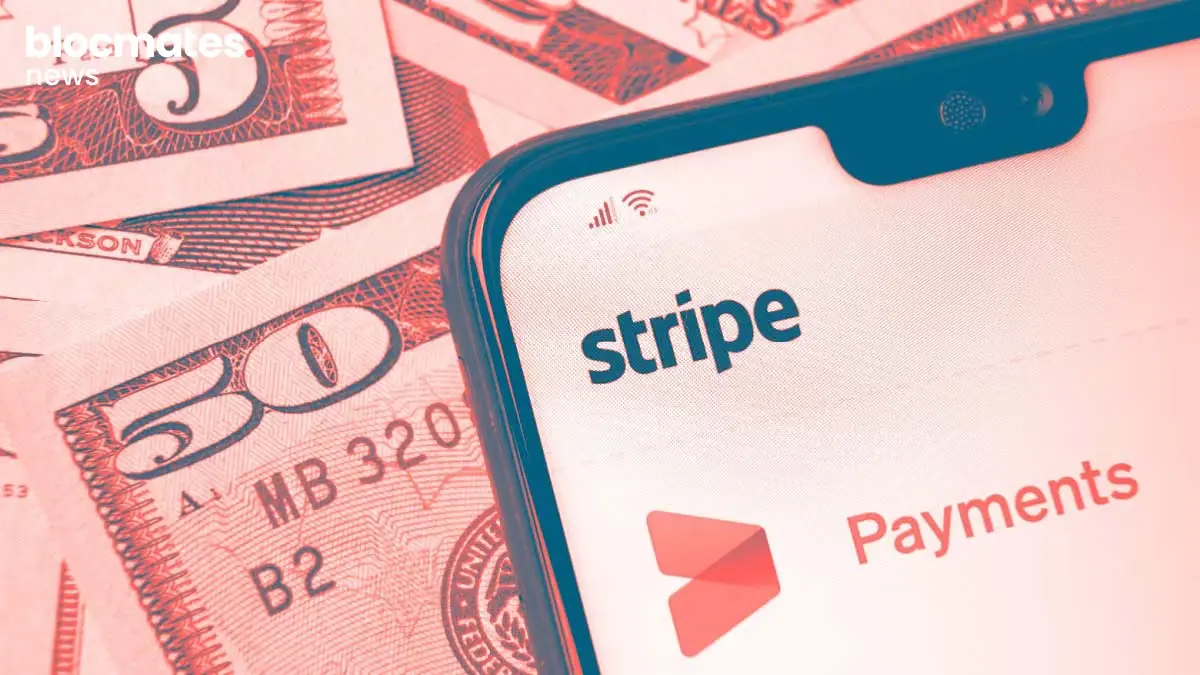



.webp)
